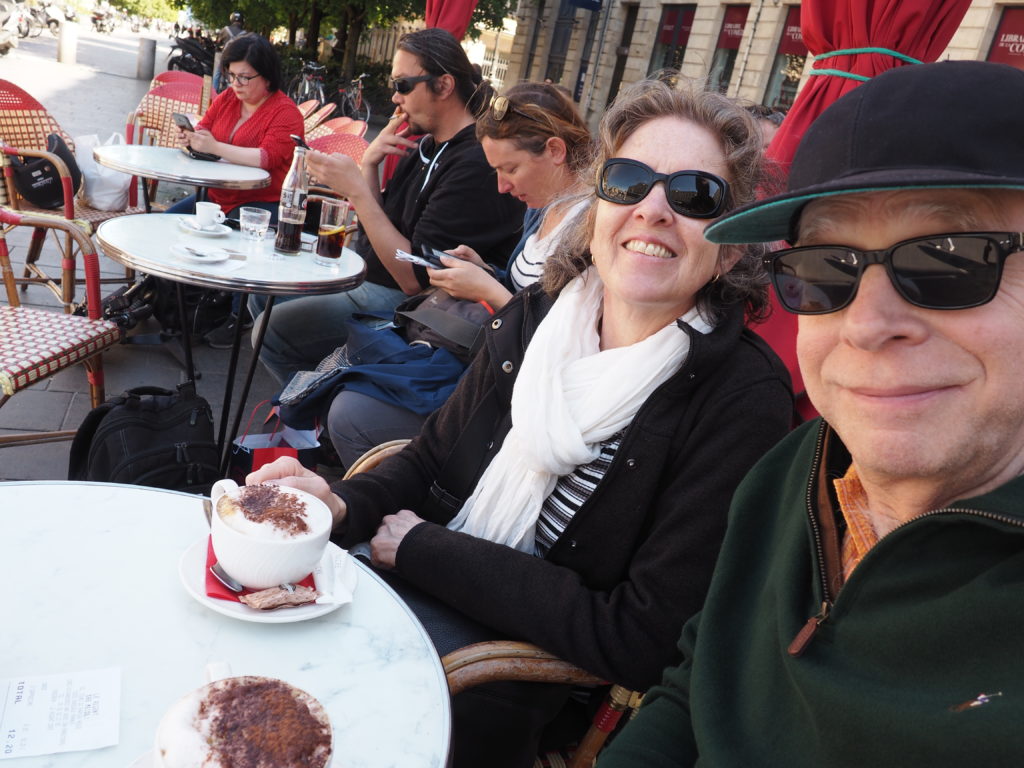
It’s nice to be back in France, but to someplace we’ve never been. Bordeaux wasn’t on our “must see” list, but we decided to spend a few days before heading south to the Pyrenees. Wouldn’t you know, we really like the city.
A Great Place for Wandering Aimlessly
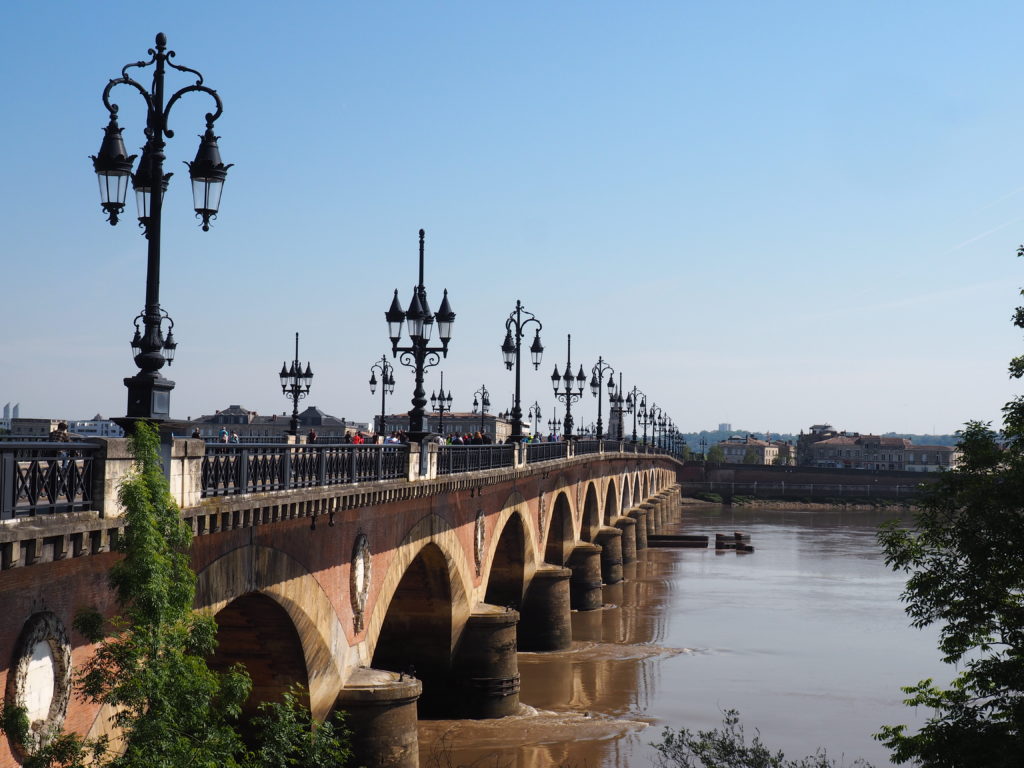
The Garonne is navigable up to Bordeaux and the waterfront is quite attractive with a long and very popular promenade. There are also passenger boats offering a sort of taxi experience at a few points along the bank.
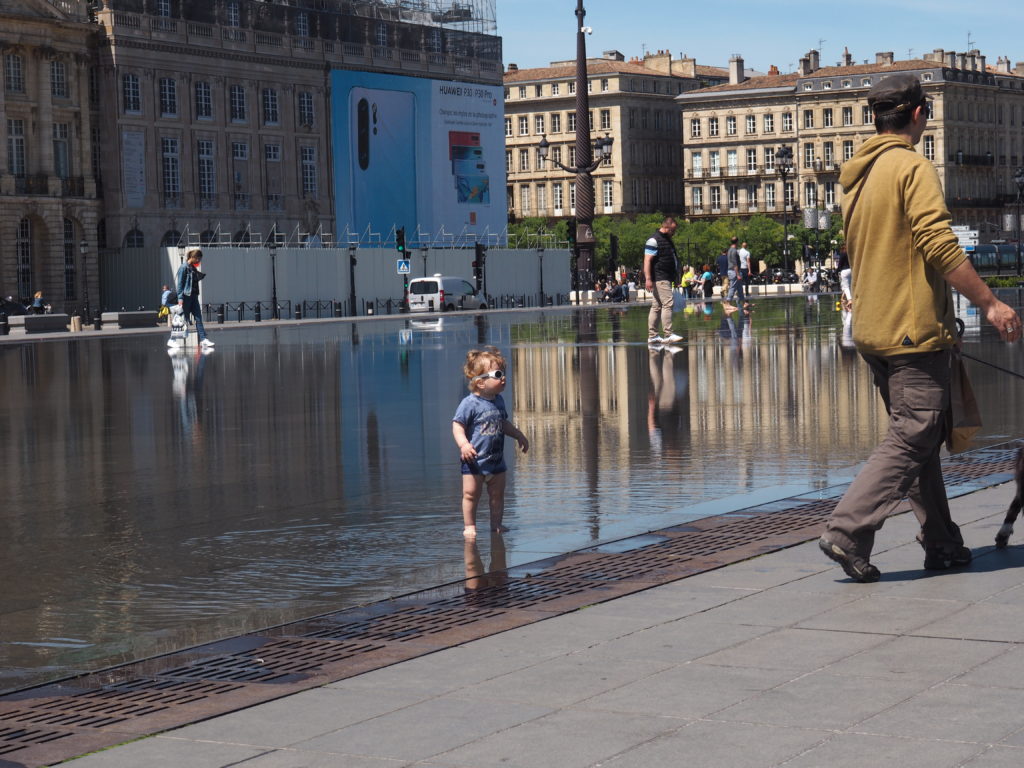

Although wandering aimlessly is quite relaxing, it doesn’t offer much of a story line. We’ll get better organized!
Keeping an Eye Open for Trouble
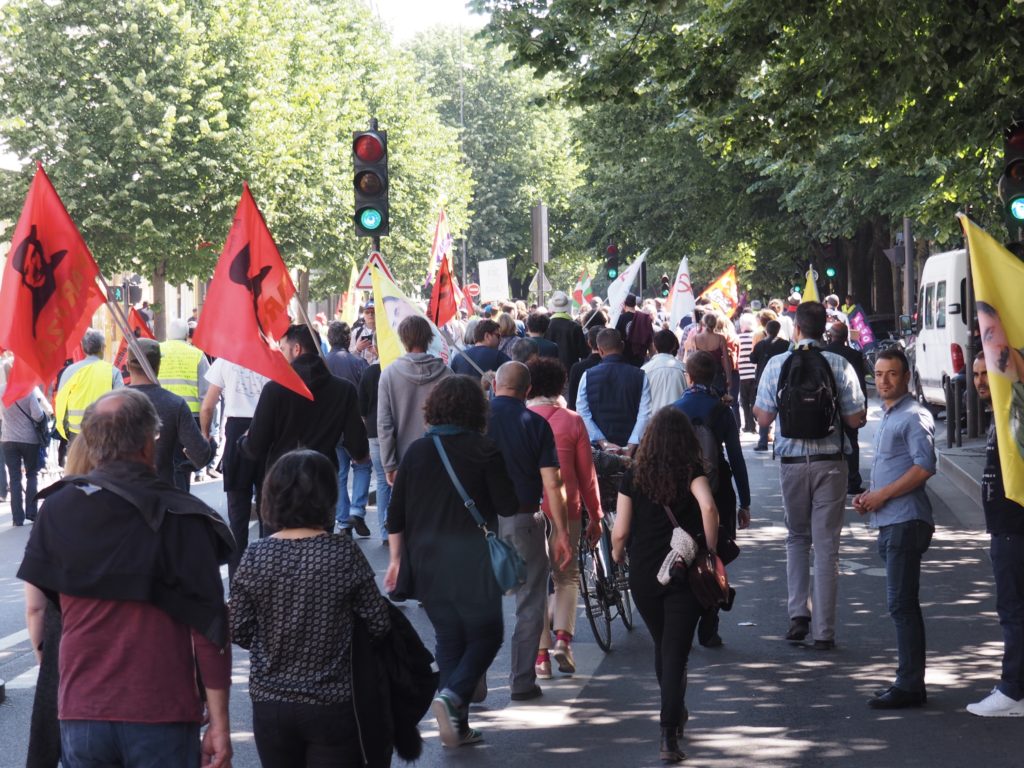

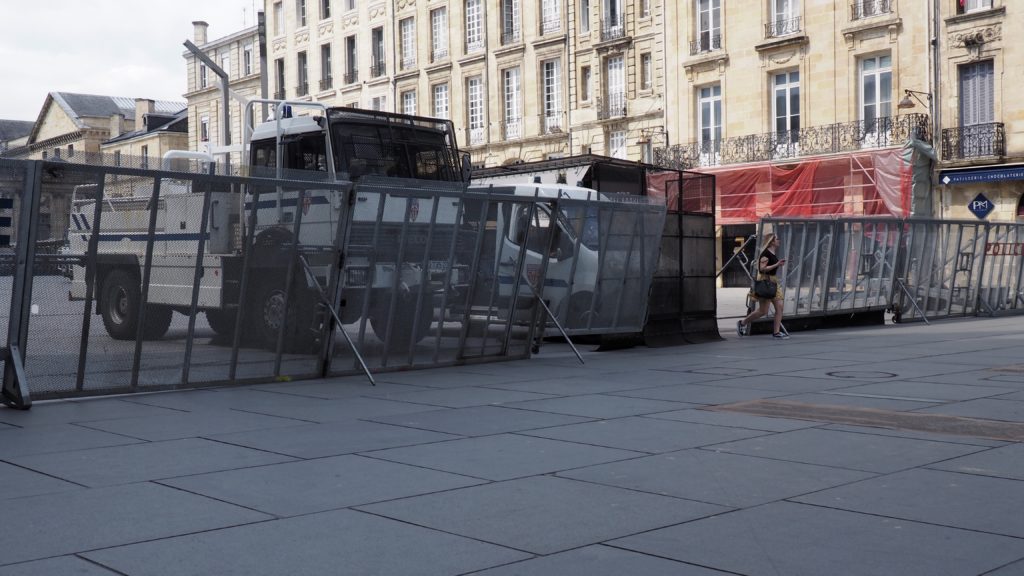
Our first day after sleeping in a bed was May Day, a public holiday made for demonstrations. On our way out in the morning for a time we were following a group of 6-8 young men carrying yellow vests, some were also carrying the large poles news coverage shows being used to break windows. The evening before we had noticed another young man on a bicycle wearing a black bandana over his lower face cruising through the central city neighborhood where we were staying, apparently part of a group of violent far left provocateurs. A number of times during the day we ran into intense police presence, lots of very heavily padded and protected police with visored helmets and those large shields on the march or sitting in transports, with guns for firing tear gas canisters. The photo above shows the least intimidating police barricade we saw. Another we walked through had a fire hose at the ready. We were very alert for trouble, but saw none. It was a very peaceful day and the people wearing yellow vests tended to be middle aged or older, joining the parade and clearly enjoying the nice weather.
The Unexpected
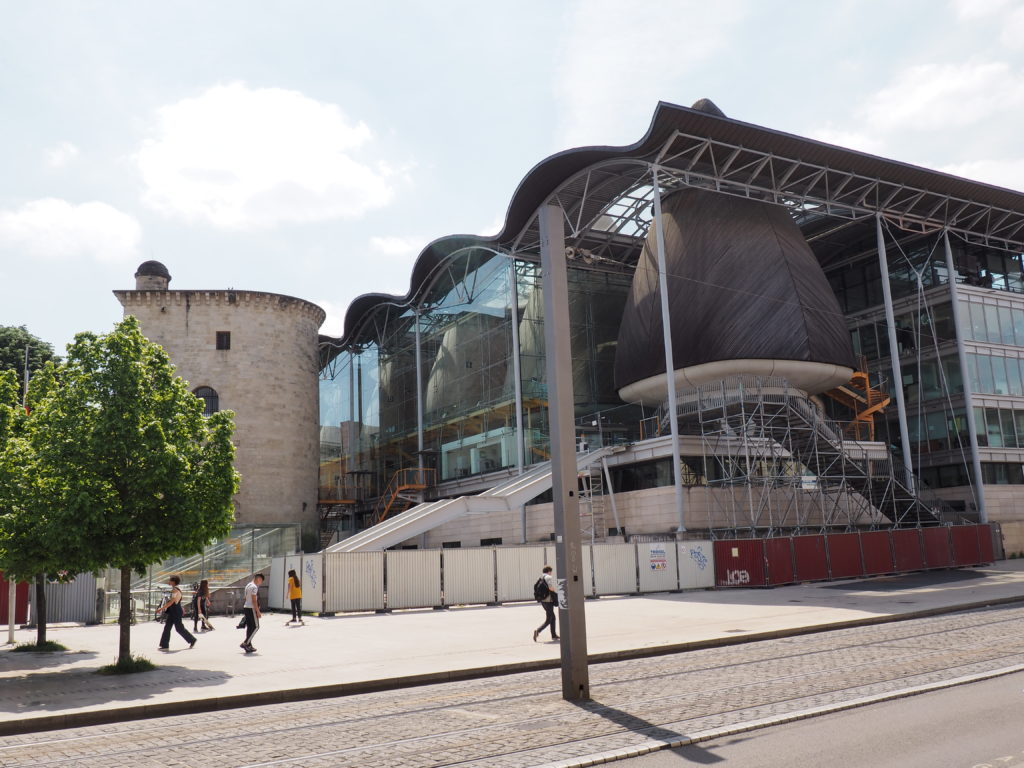
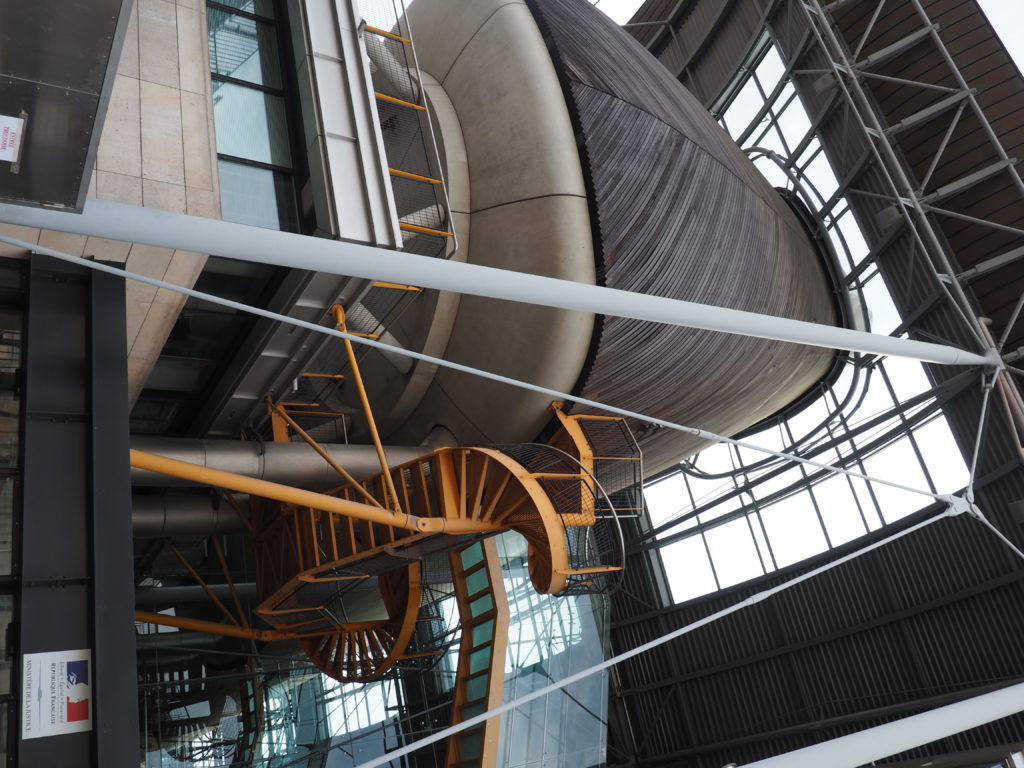

Meandering near the Hotel de Ville we noticed what Jim thought at first might be some sort of industrial building because from a distance it looked a little like the tanks in which vinegar is made. Looking at the signage and then investigating online, we confirmed that we were looking at the Bordeaux Courthouse (built in the late 1990s). The seven courtrooms are each an individual pod accessed by the judges and the public by different gangways. The thought is that somehow justice should be in the open. (Makes you wonder whether it just makes justice look more elitist.) Here’s the architect’s website: https://www.rsh-p.com/projects/bordeaux-law-courts/ (the same firm that designed the Pompidou Center). The whole area is a justice ministry complex and if you simply turn around you see the medieval looking round building in the bottom photo with access at the top that seems to prefigure the architectural idea for the courts. Too obvious?
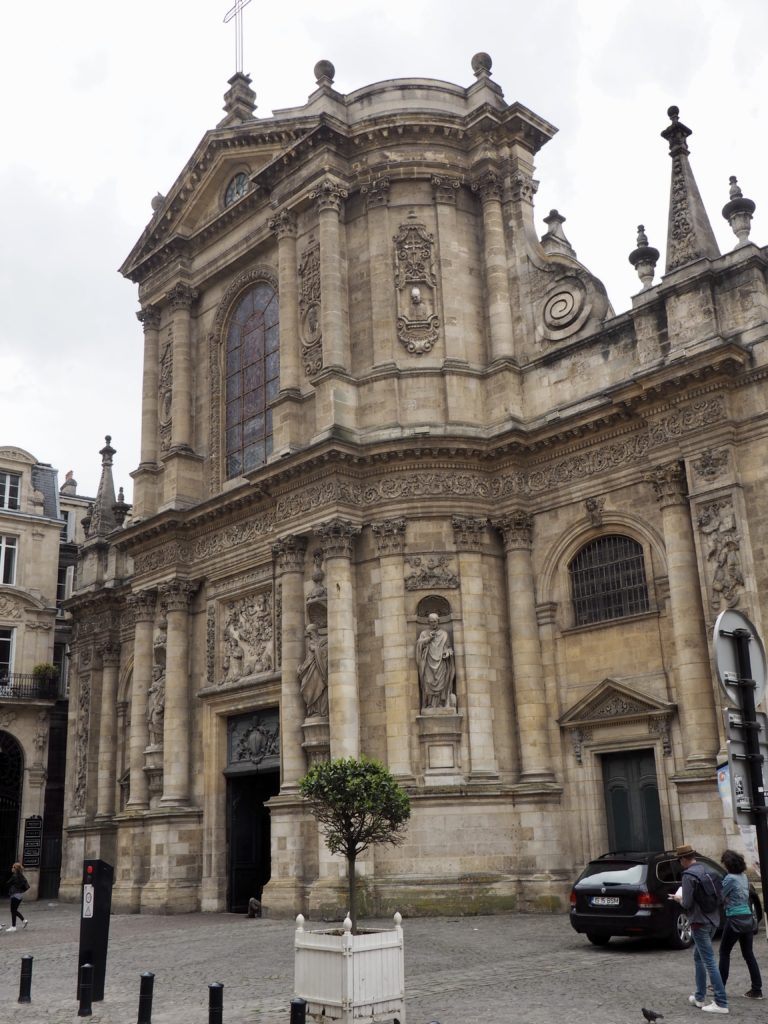
Walking Bordeaux, we kept noticing intriguing distractions down side streets. In this case, it was a well hidden and pretty extraordinary late 17th century Baroque church. Having been visually bludgeoned by the baroque cathedral in Valletta, it was wonderful to take in the delights of baroque done with restraint.
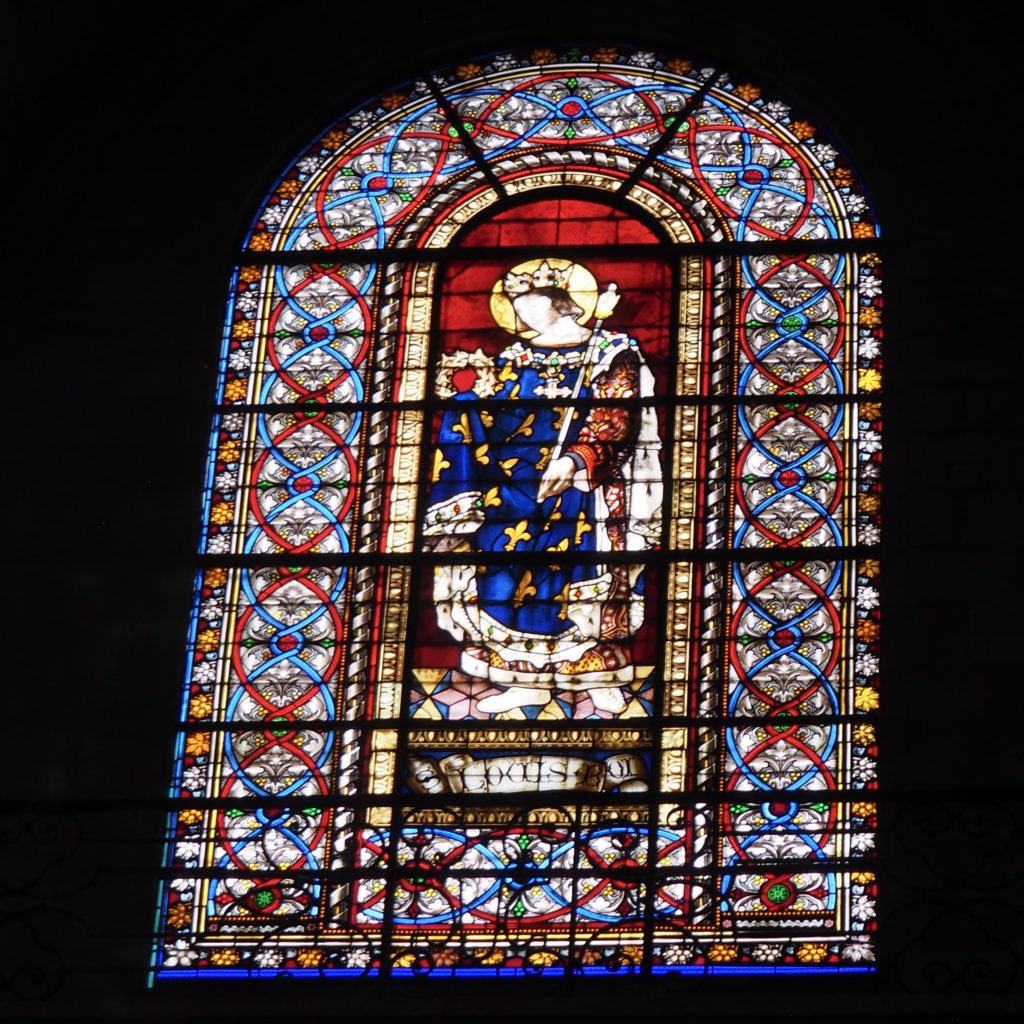
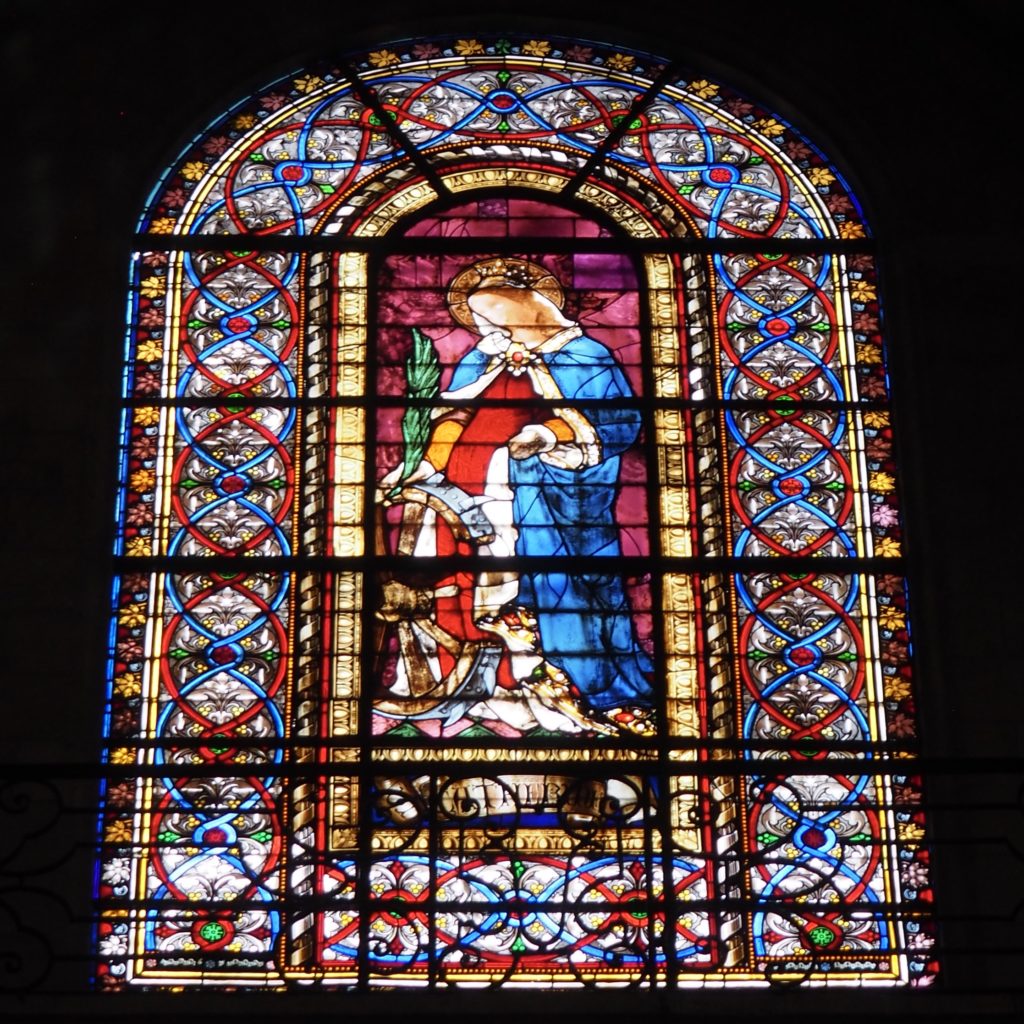
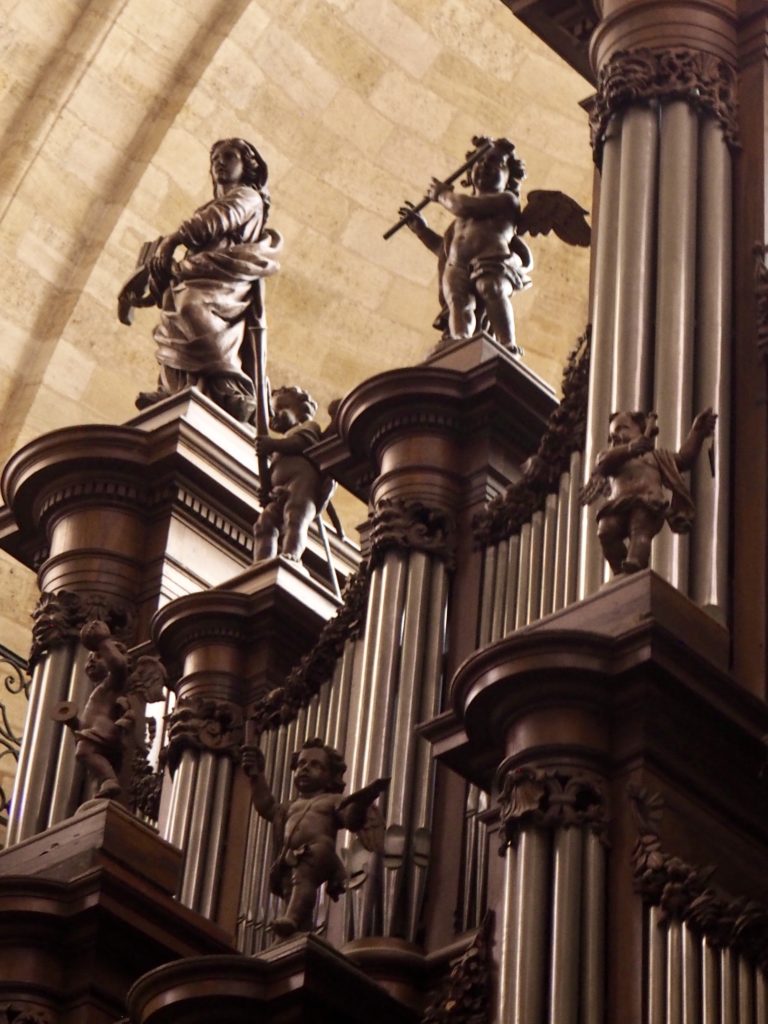
Detail, organ ornamentation 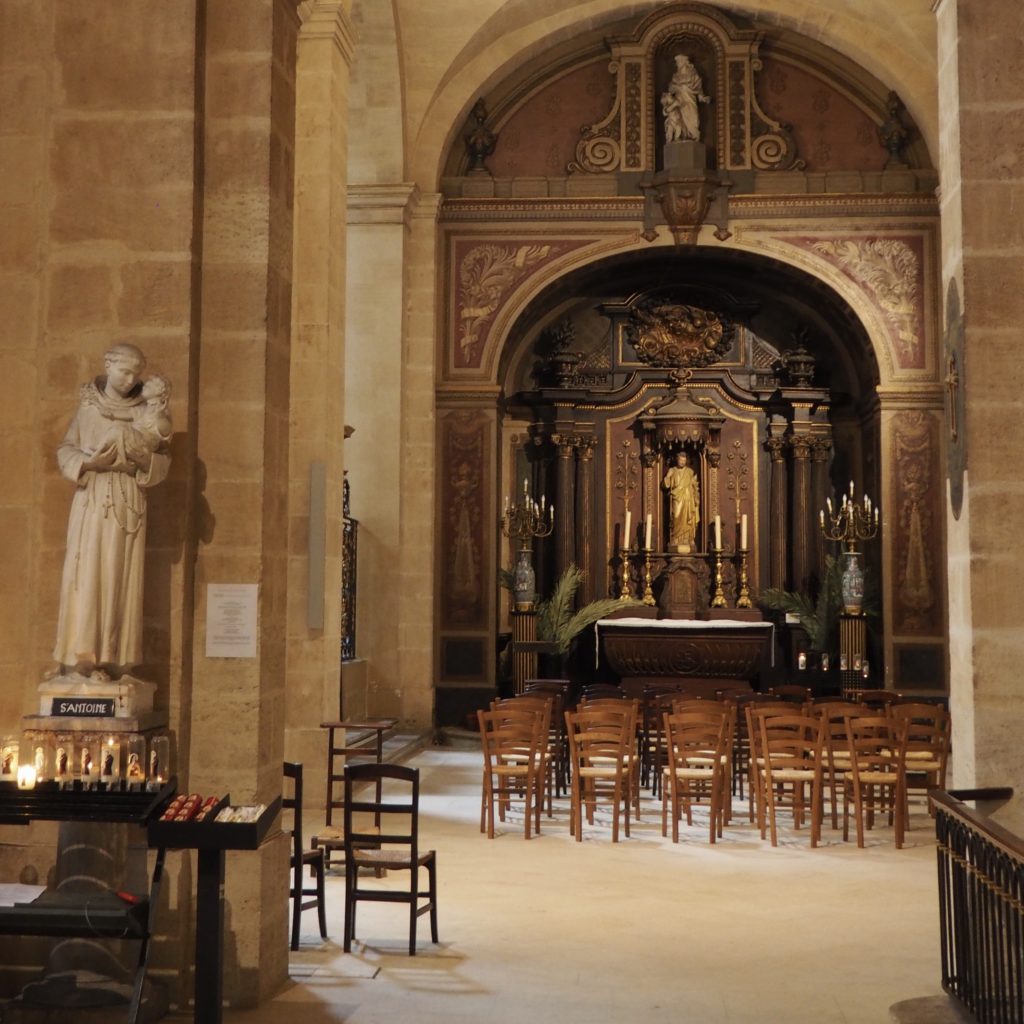
Notre Dame de Bordeaux is also where the artist Francisco de Goya’s funeral was held in 1828. He had fled to Bordeaux after some especially subversive works critical of Ferdinand VII made his situation precarious in Spain.
All through the city are wonderful door knockers that leave us guessing what lies beyond them. The one on the left is easier. It belongs to an historic monument, the Petit Hôtel Labottière, a late 18th century example of the “art de vivre.” Nor could we go into the home sporting the knocker on the right. We found it at the intersection of two small streets and then looked back to see that there was a lush garden growing on the roof a level up. We could tell it was beautiful without seeing it.
City Gates Still Define the Old City
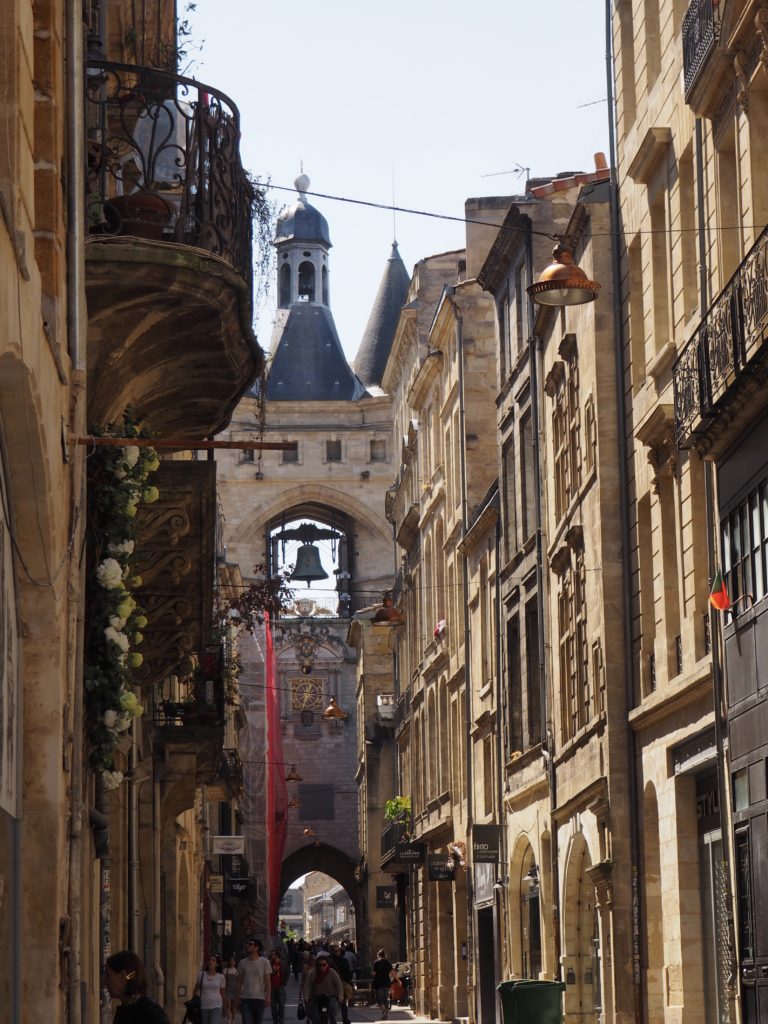

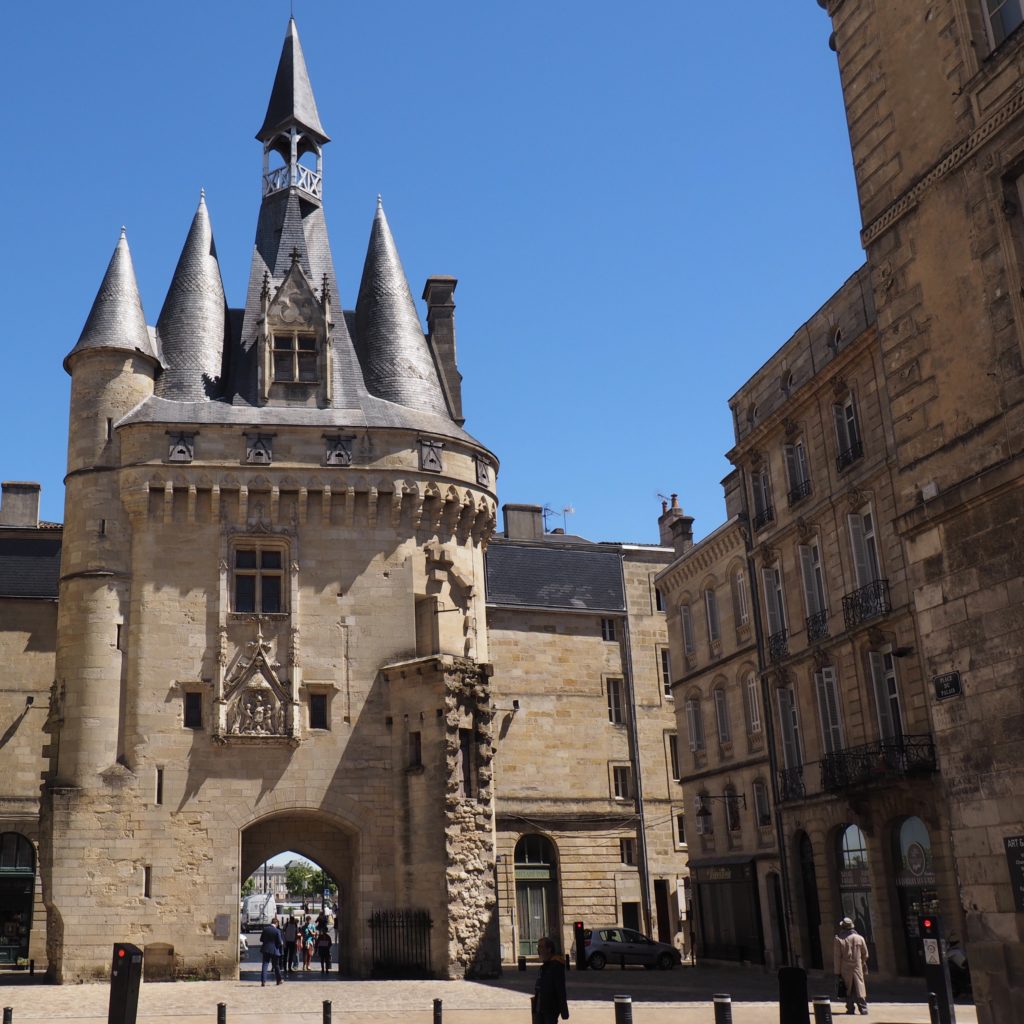
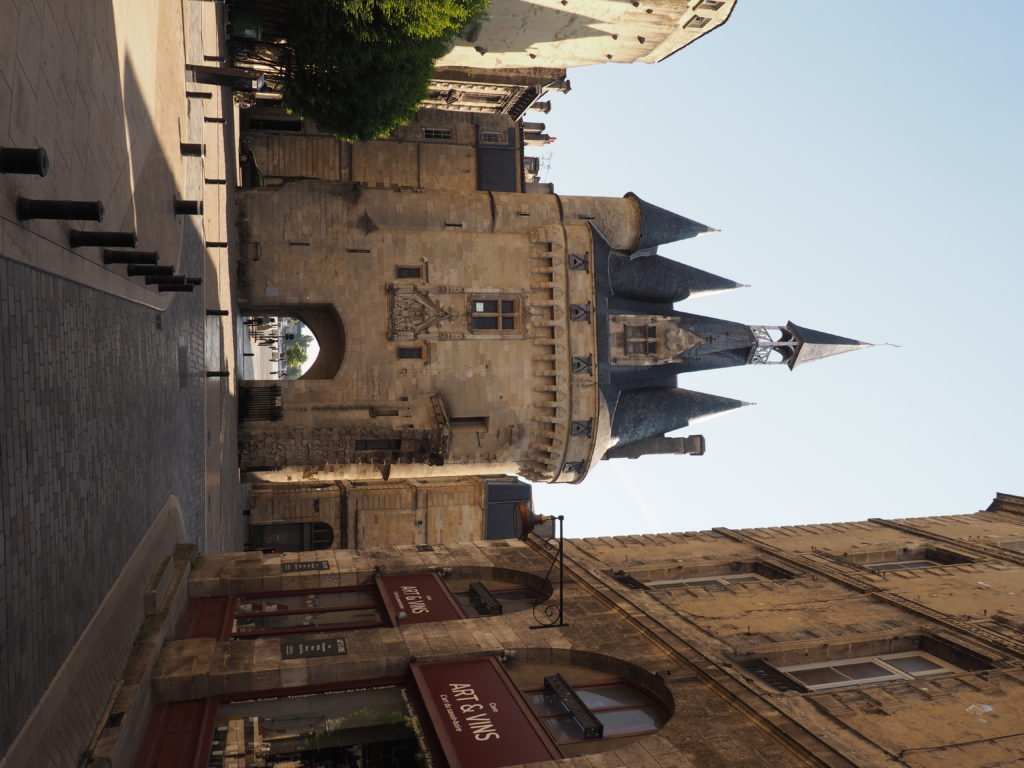

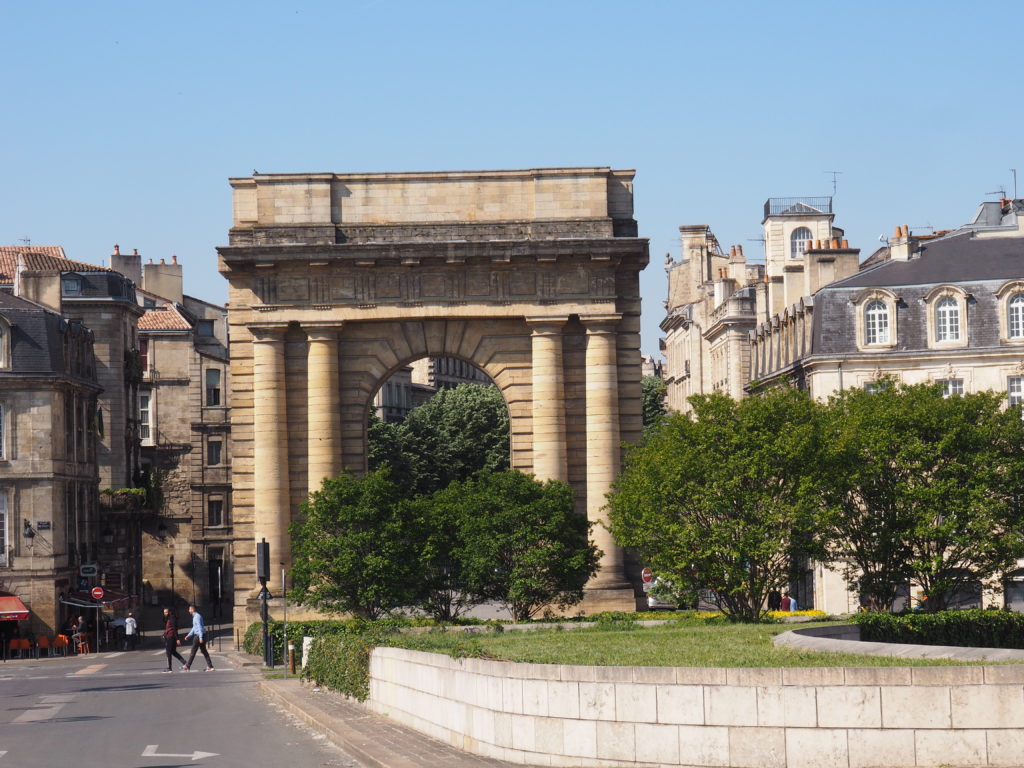

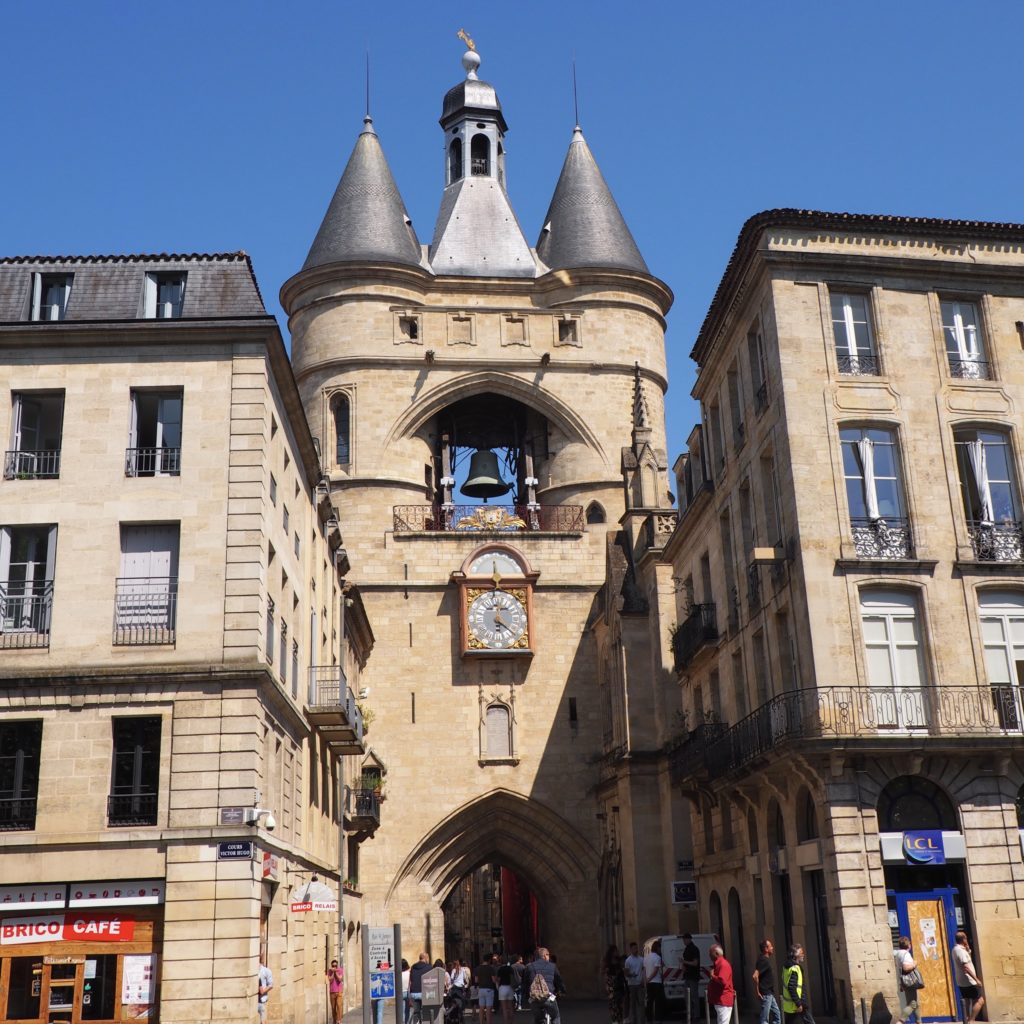
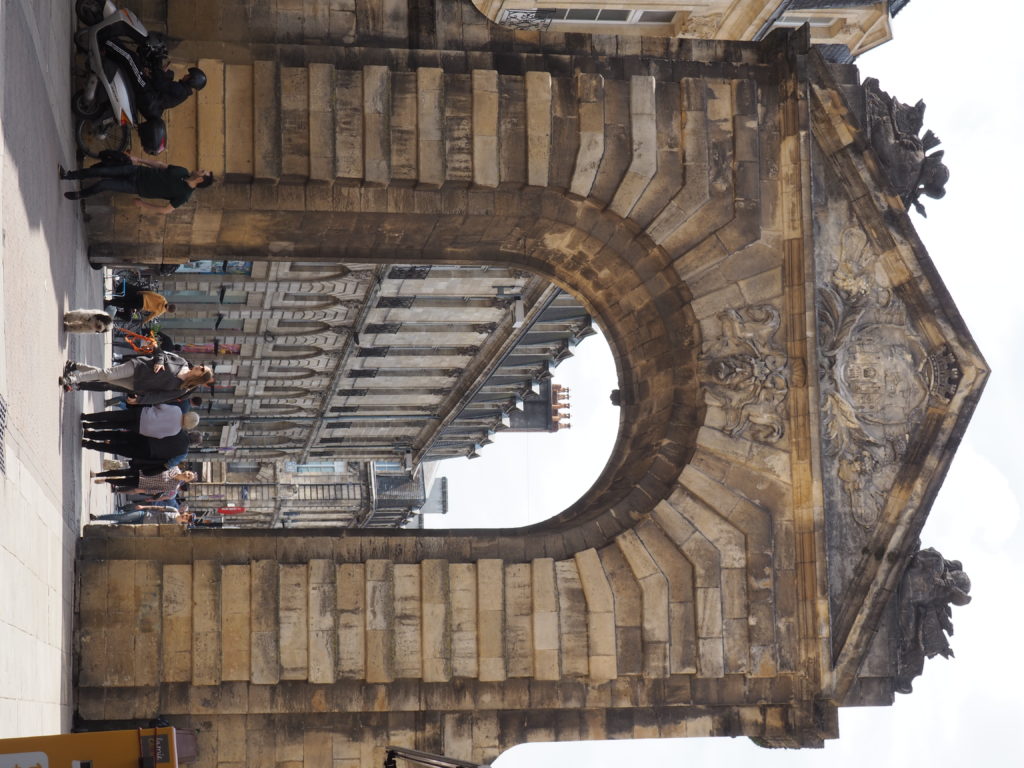

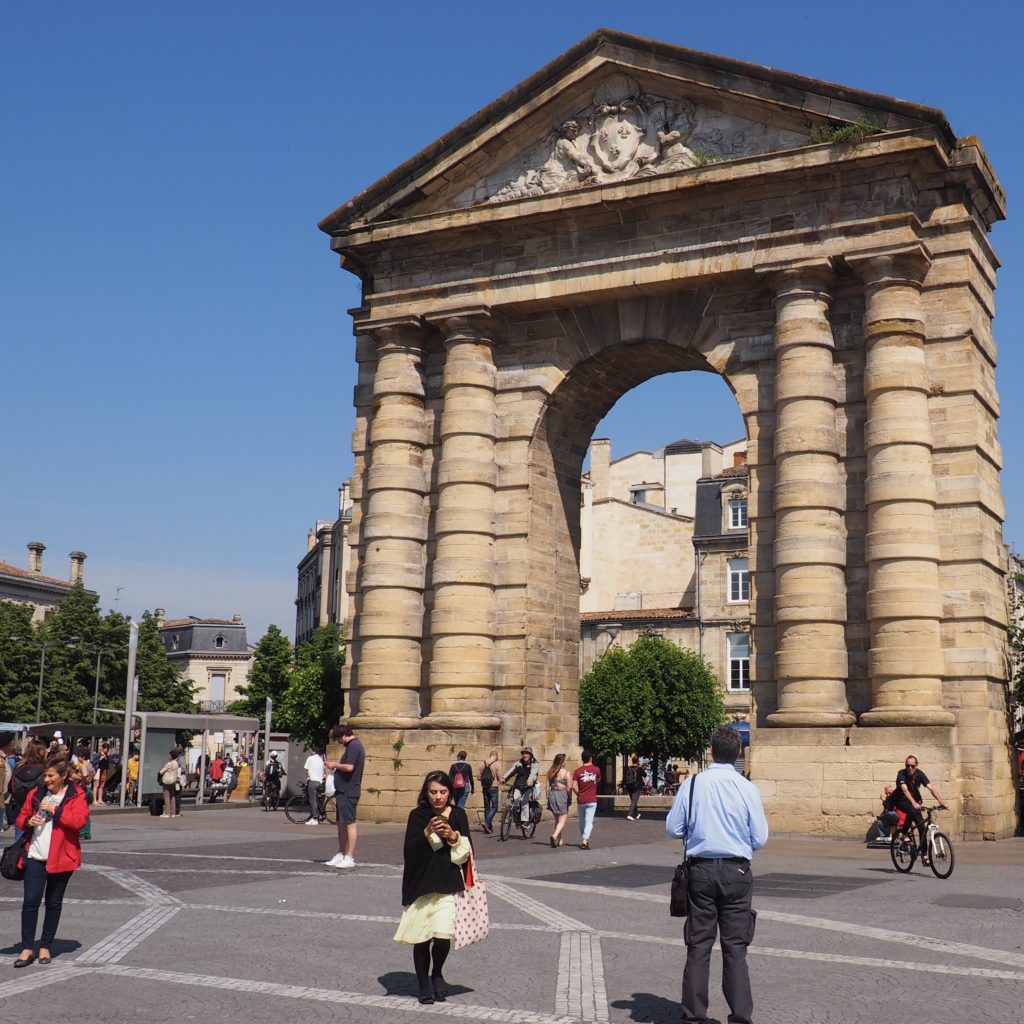
18th century triumphal arch, Porte d’Aquitaine
City gates throughout Europe didn’t fare well over time. We were delighted to see so many in Bordeaux that had survived both war and urban renewal (for sticklers, a few are medieval triumphal arches). Indeed, it’s a very nice city for walking not only for what has survived, but because they’ve created extensive pedestrian zones with quiet electric trams and buses.
We Had Sworn Off Churches
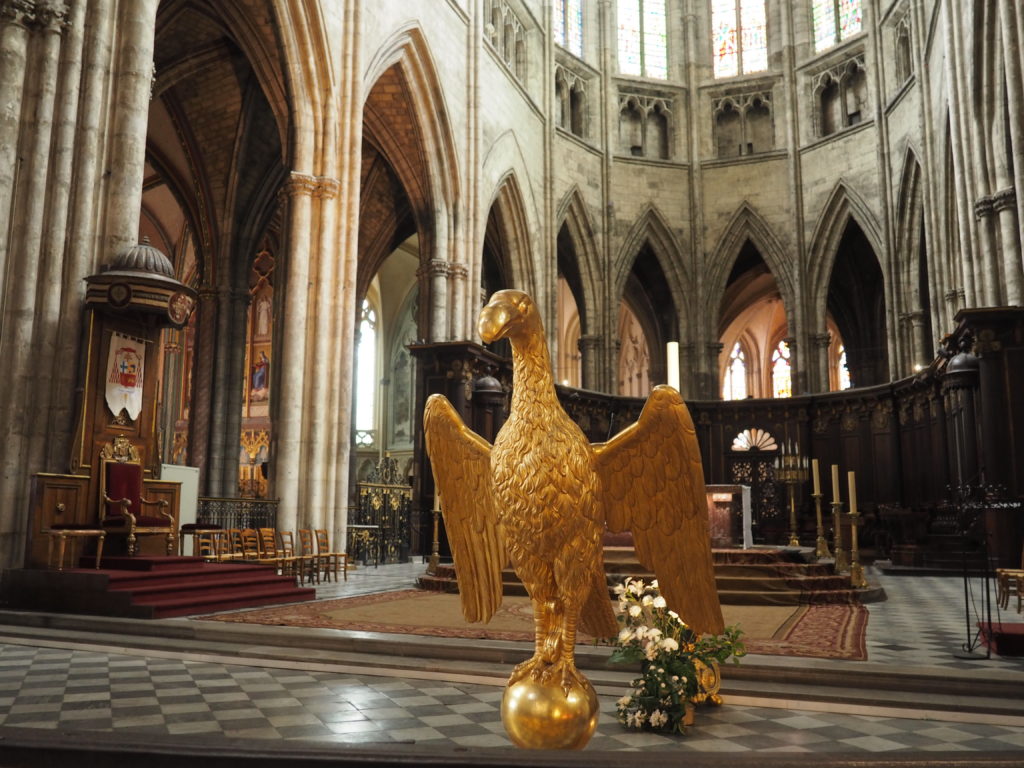
Having trudged through more churches, cathedrals, temples and shrines than we care to remember, we had been ignoring them. Our stumble onto Bordeaux’s Notre Dame, however, tempted us back.
CAthédral st. André
Most of the cathedral is 11th-15th century, although there are bits as recent as the 18th century. All that aside, it’s actually quite beautiful when you take a look.
basilique st. Seurin
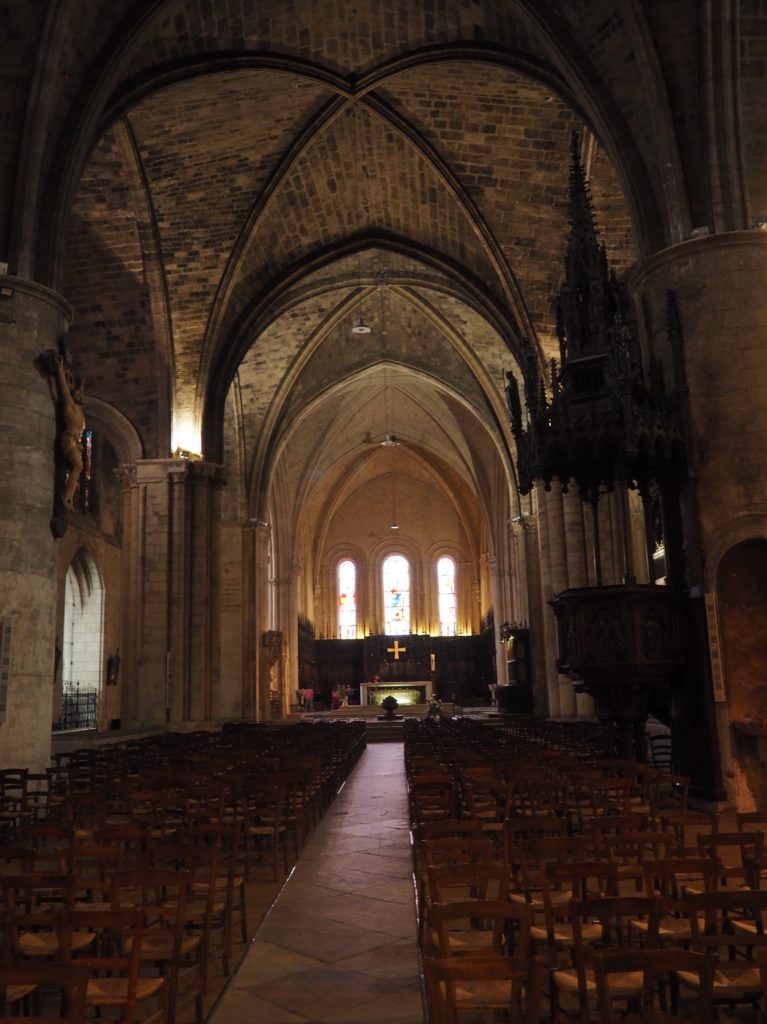
Complete with an 11th century crypt, Saint Seurin is darker all around, but fascinating. It’s also at the site of the ancient necropolis where Charlemagne laid Roland’s horn on his return from Spain in 778 and before undertaking a pilgrimage (at least that’s what the plaque says).
Basilique st.Michel (+ flèche st.michel)
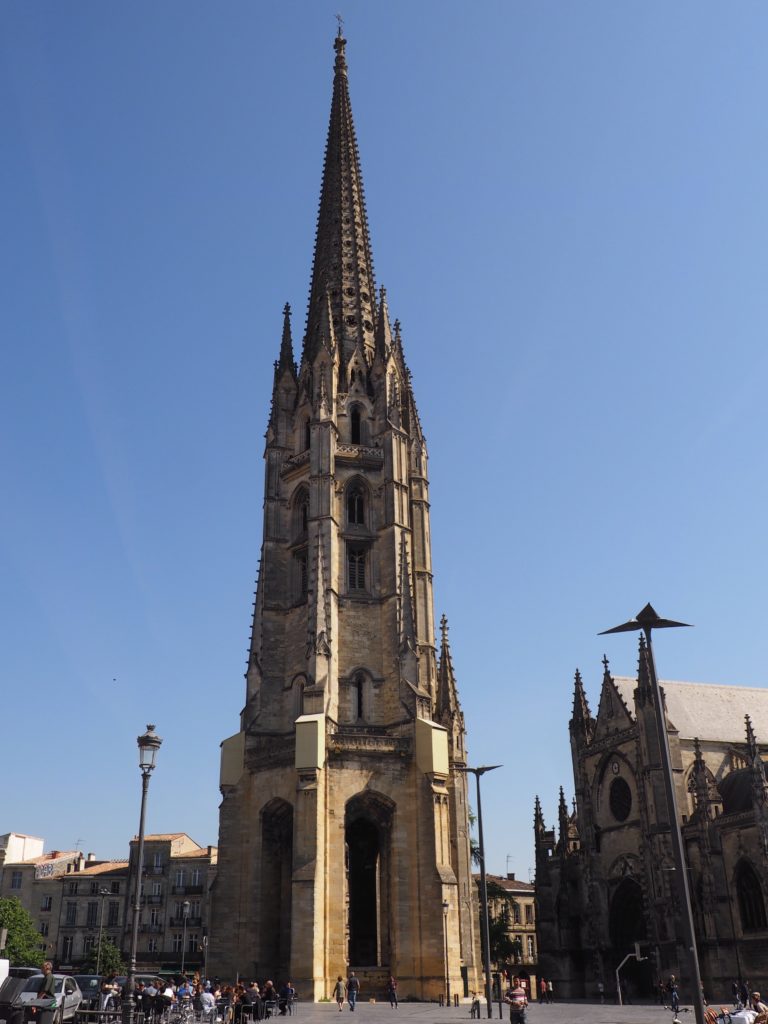
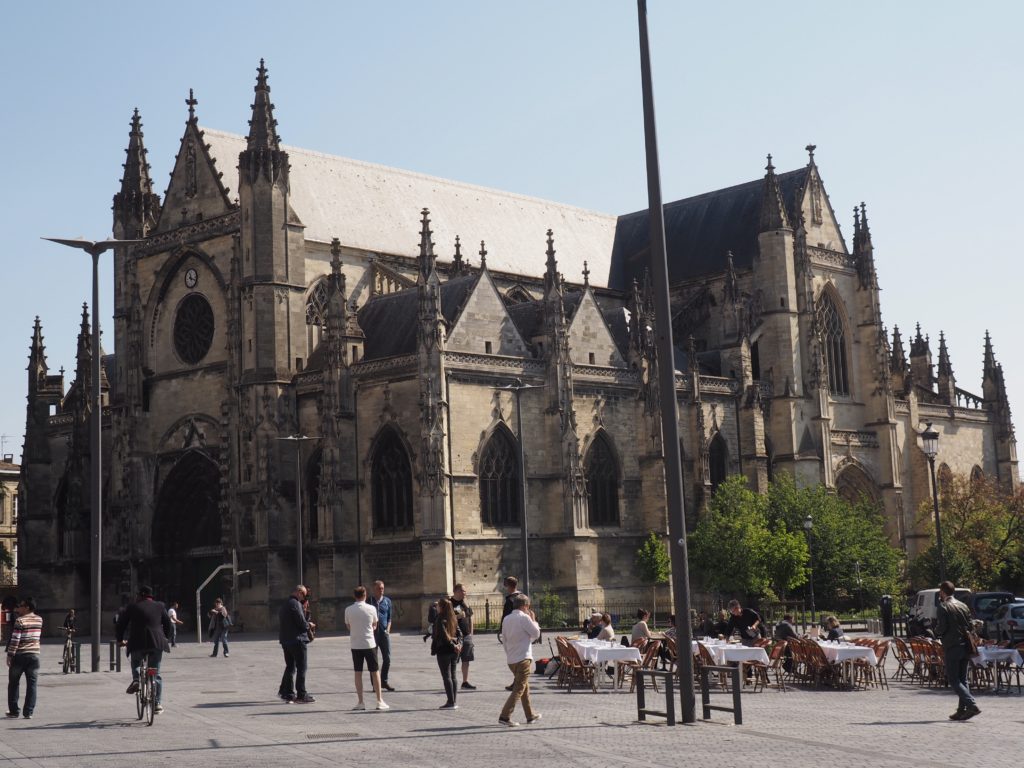
We didn’t venture inside this 14th and 15th century basilica. We were in the neighborhood before we went into Notre Dame. It is, however, pretty imposing and the “flèche” is the tallest in southern France. We understand that these separate belfries were intended to better safeguard the structures of the attendant basilicas and cathedrals from fire and other misadventures. Together with the Cathedral and Saint Seurin, St. Michel is on the Way of Saint James and is a UNESCO World Heritage Site.
This & That (Yes, let’s try to wrap up!)
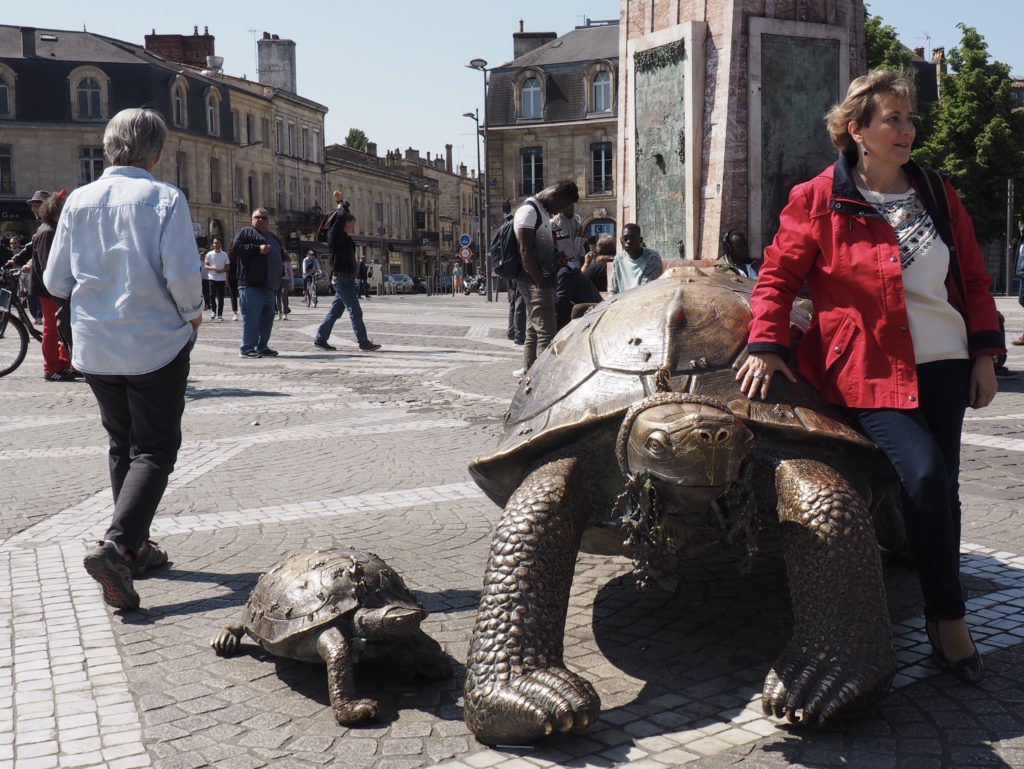
Apparently there’s a connection between turtles and viticulture or wine. Porte d’Aquitane
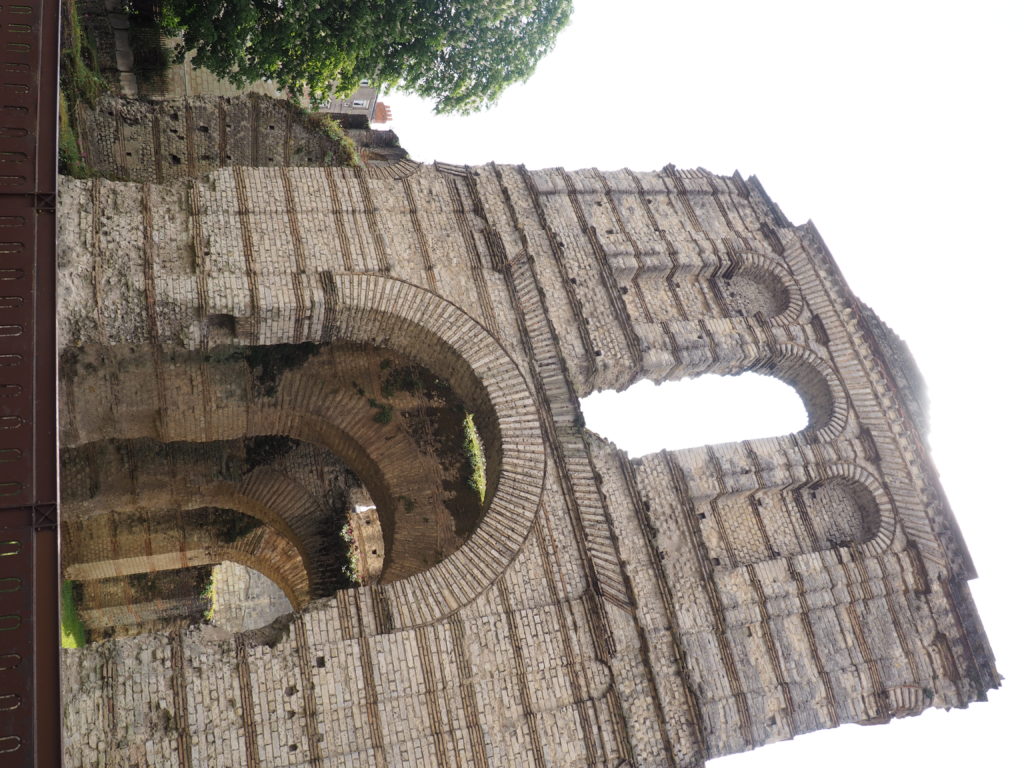
Palais Gallien, early Roman amphitheater for 15,000 (ruins thereof). 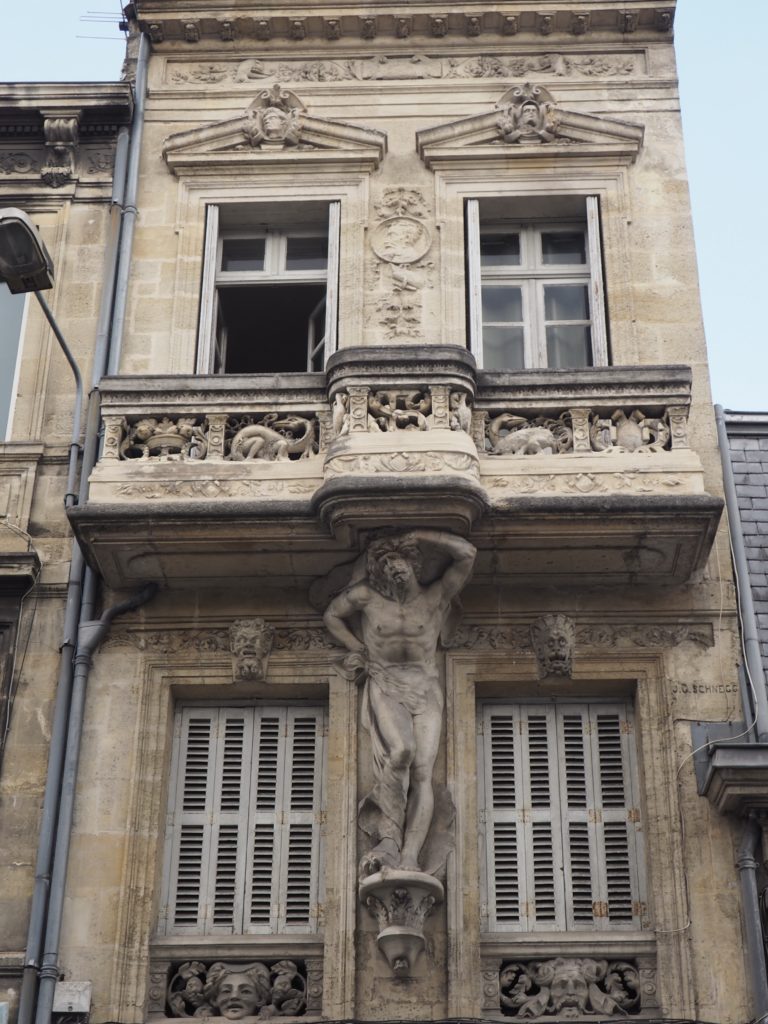
Quite the wow factor.
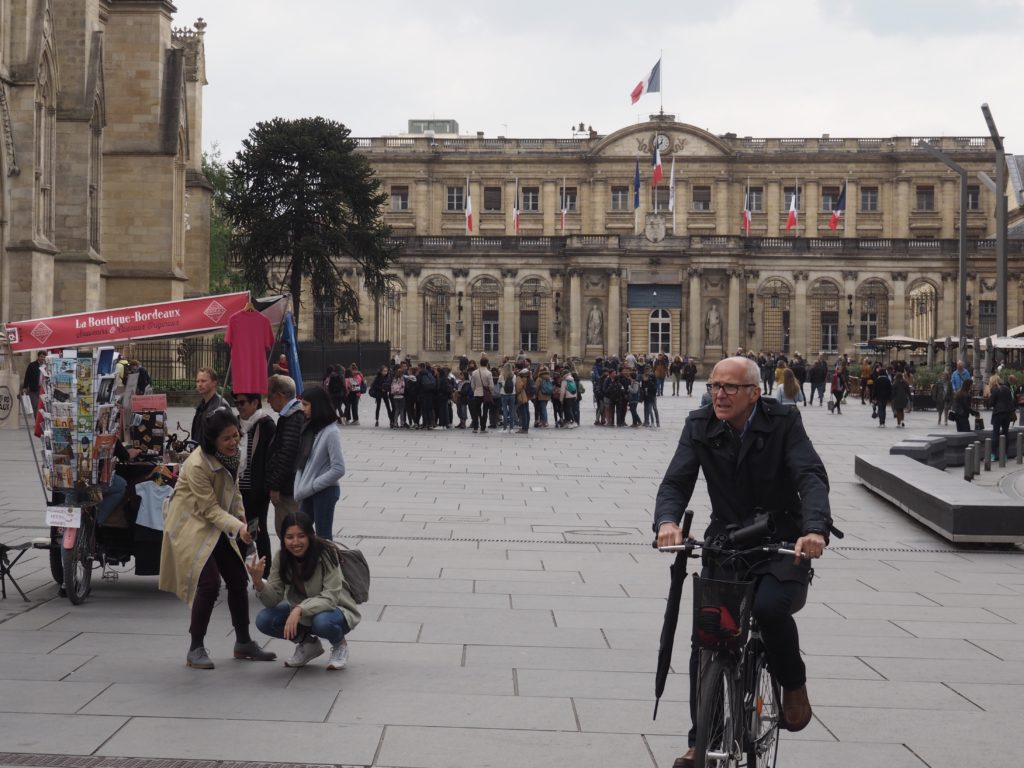
QUINTESSENTIALly french
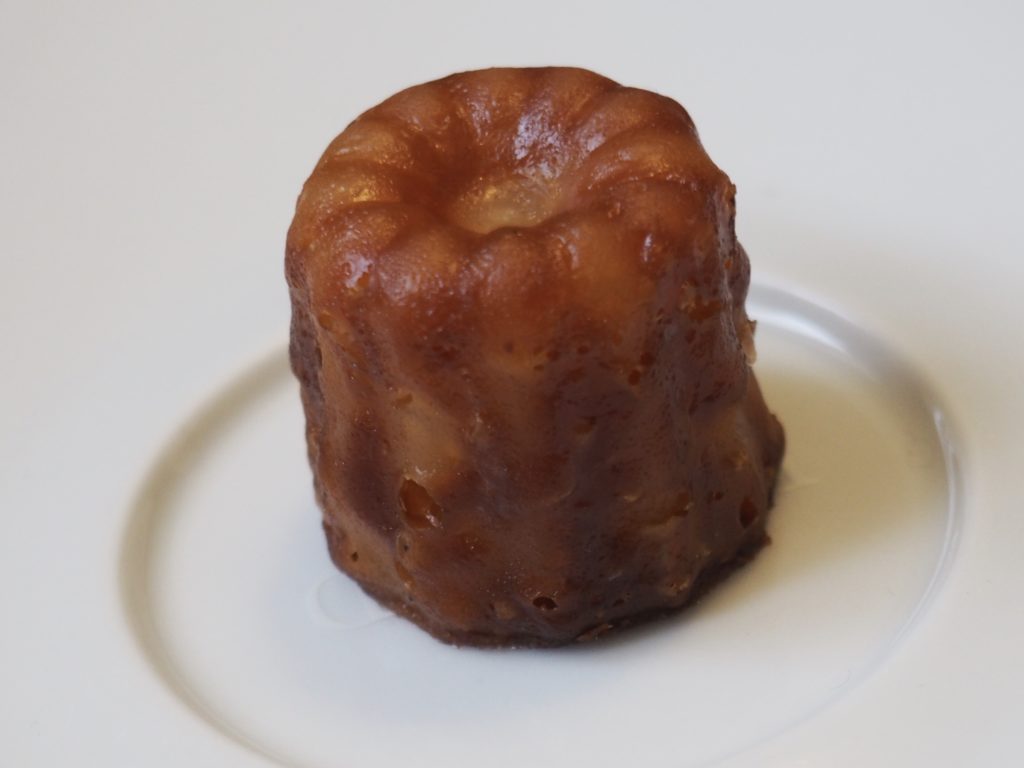
Ending on a sweet note, how can we write about France and not talk about food? Our experiences in Bordeaux were consistently good. Jim even had a chance to have some razor clams with garlic and parsley. The one exception would be the sweet concoction for which Bordeaux is known and that is sold everywhere. The canelé (pictured) has a dense rubbery texture and a pleasant taste. All we can figure is that nostalgic tradition keeps it popular (although we noticed clear inroads by cookies, brownies and other barbarian treats).


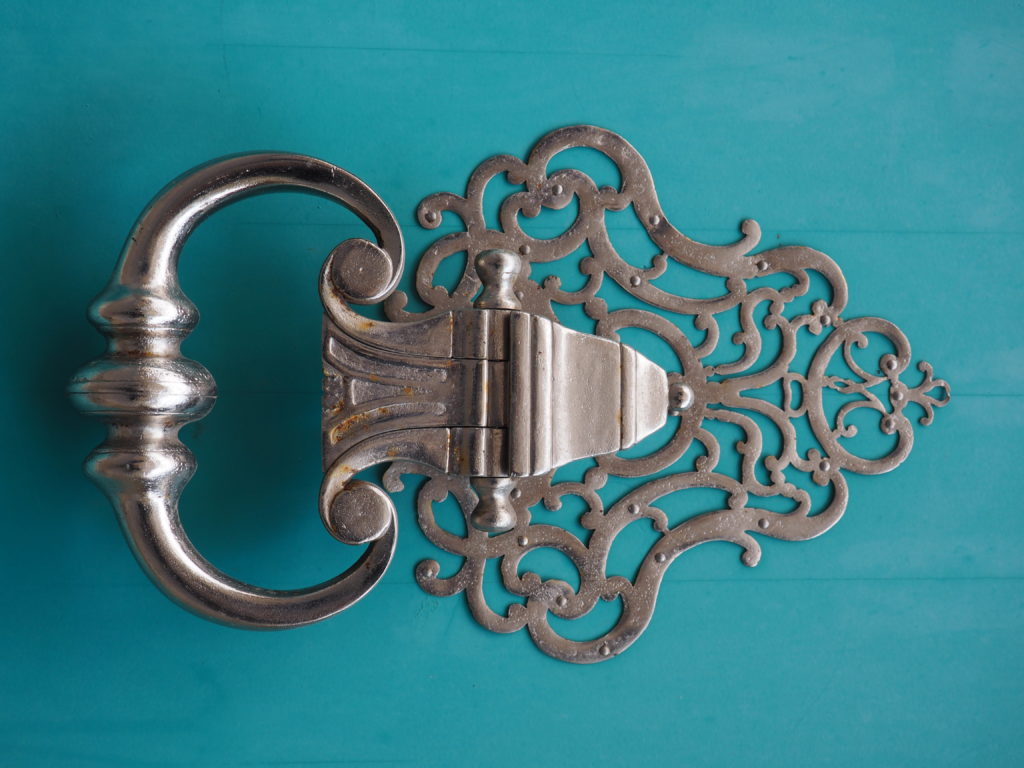
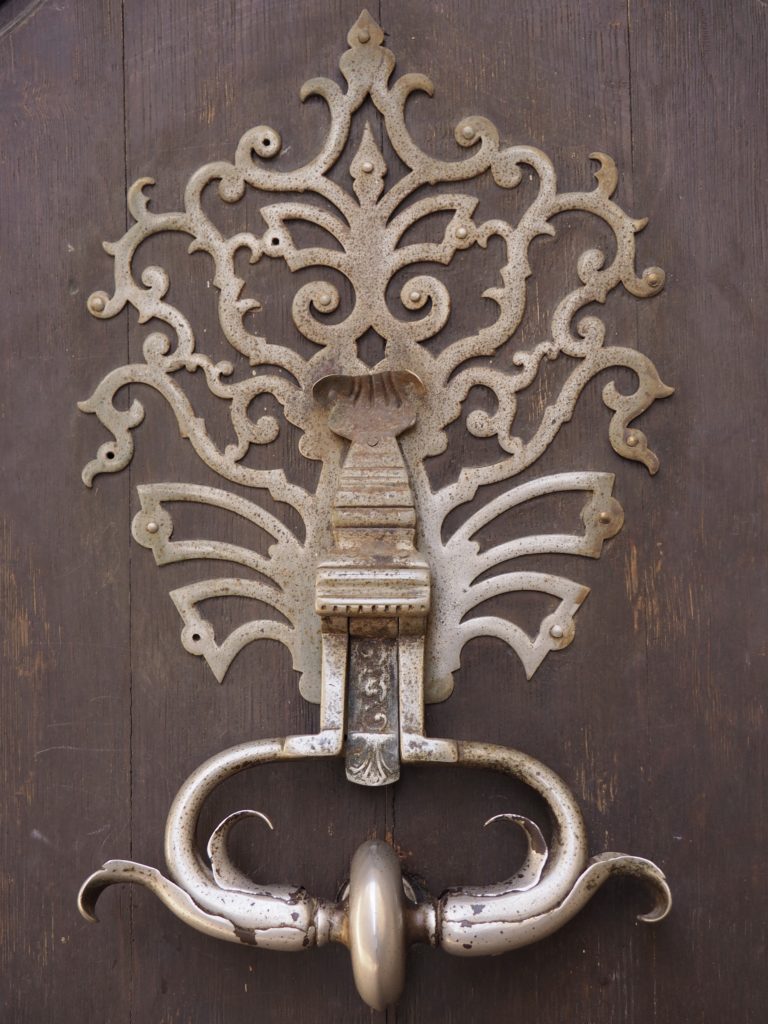
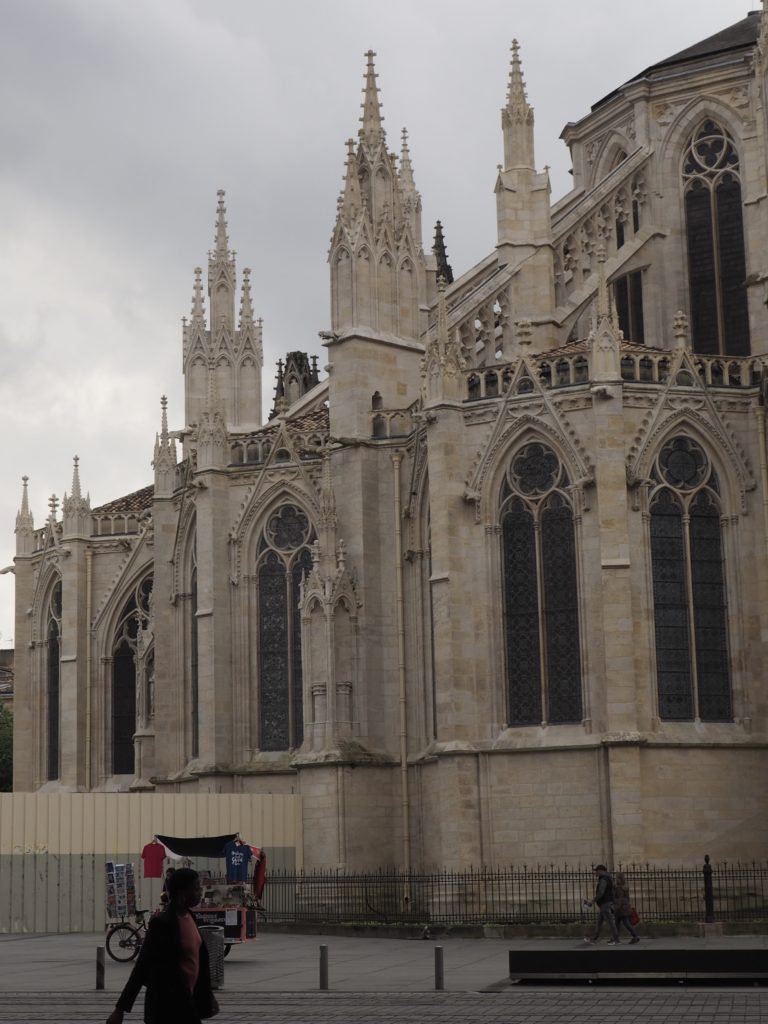
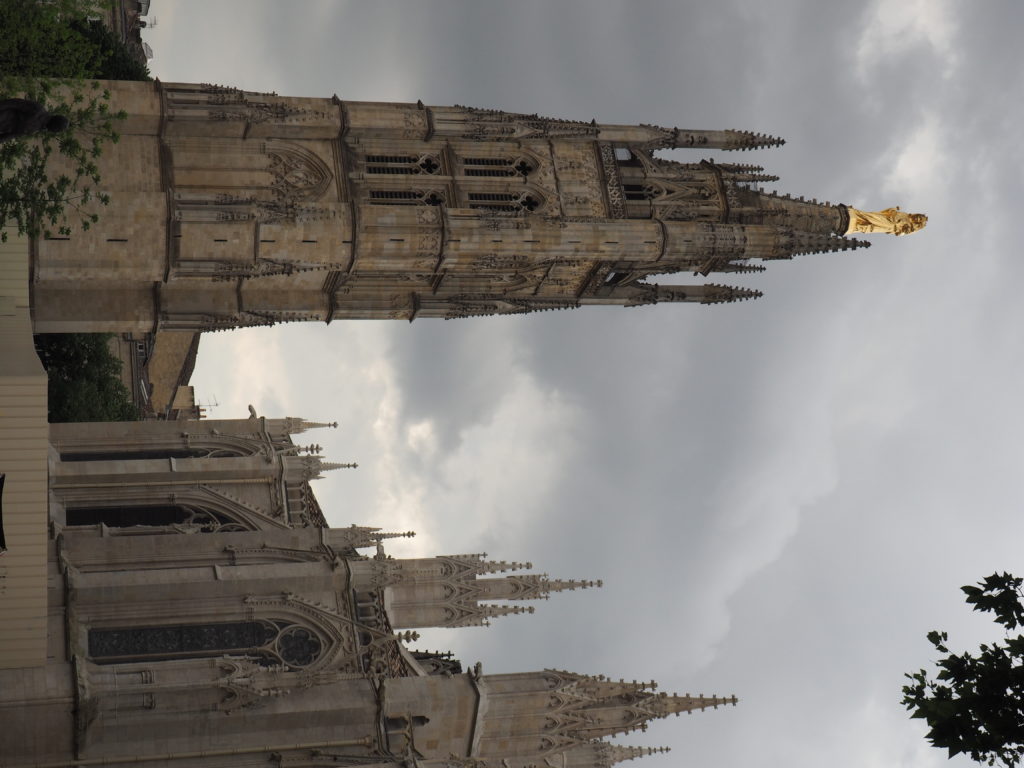
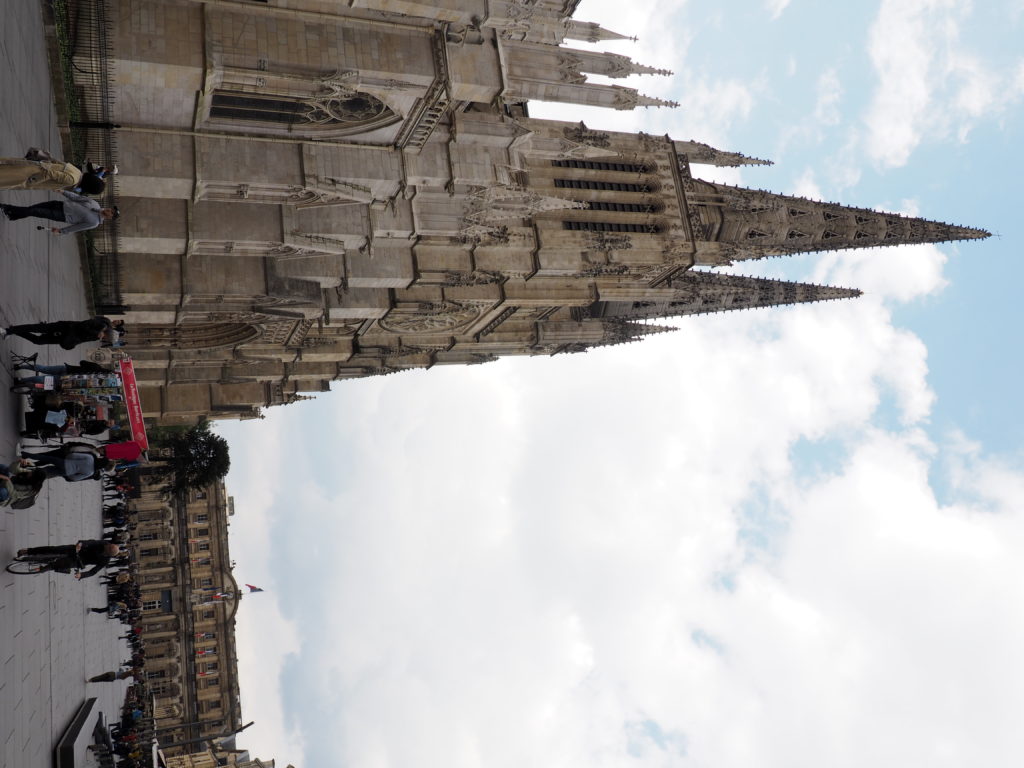

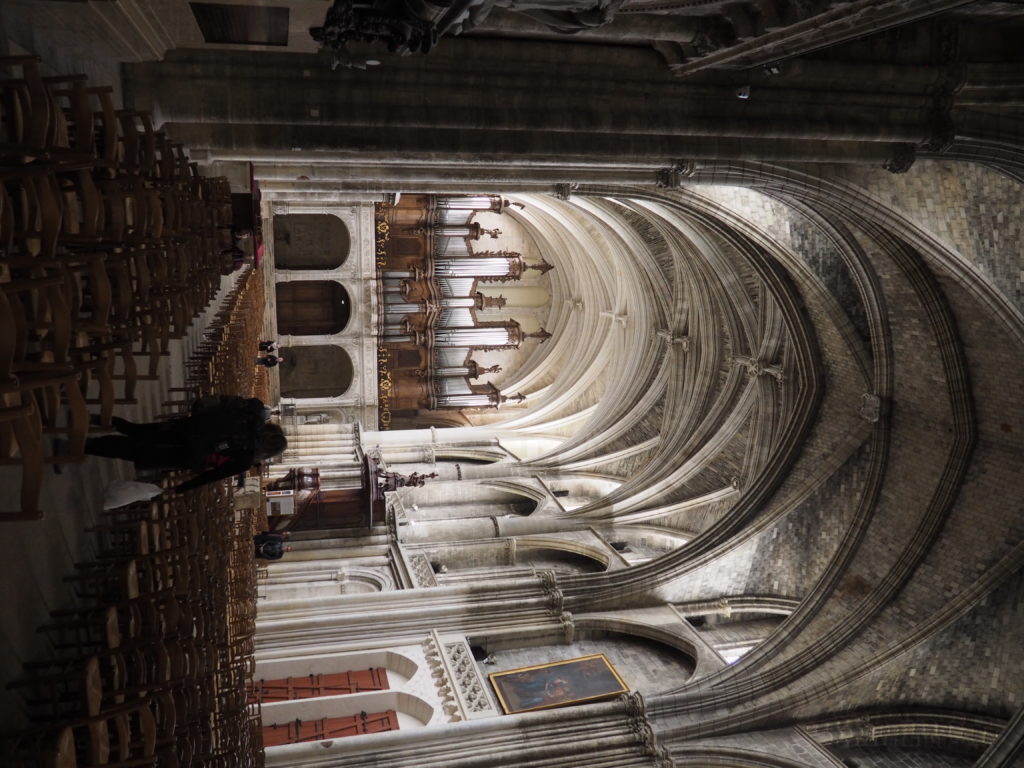
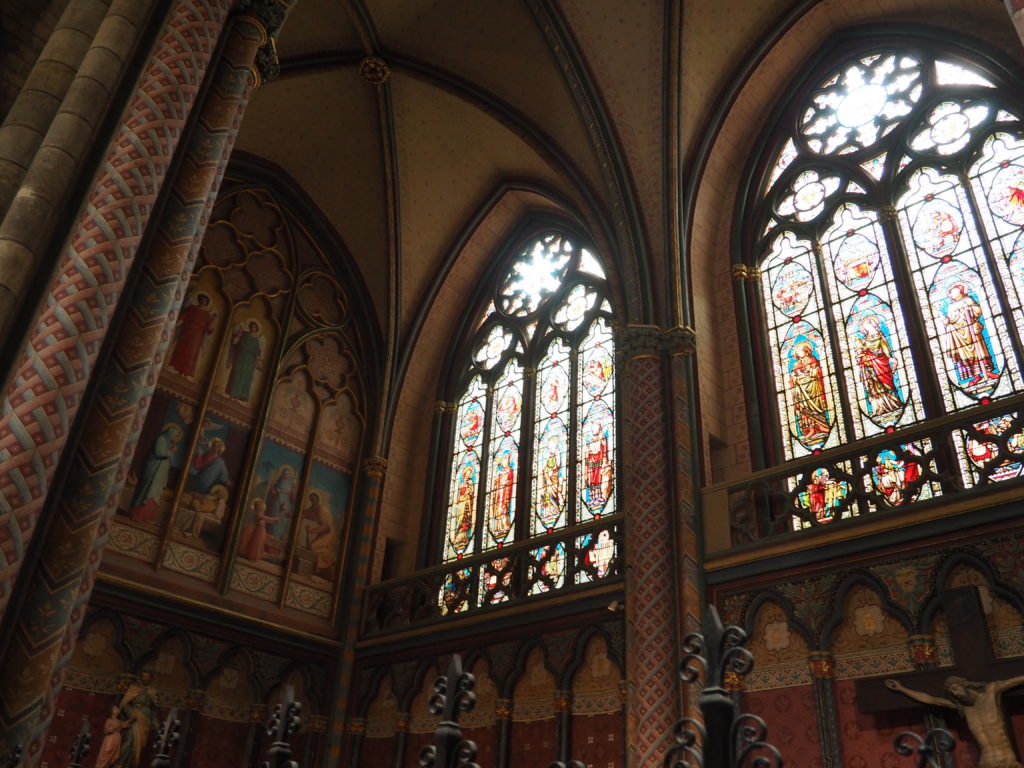
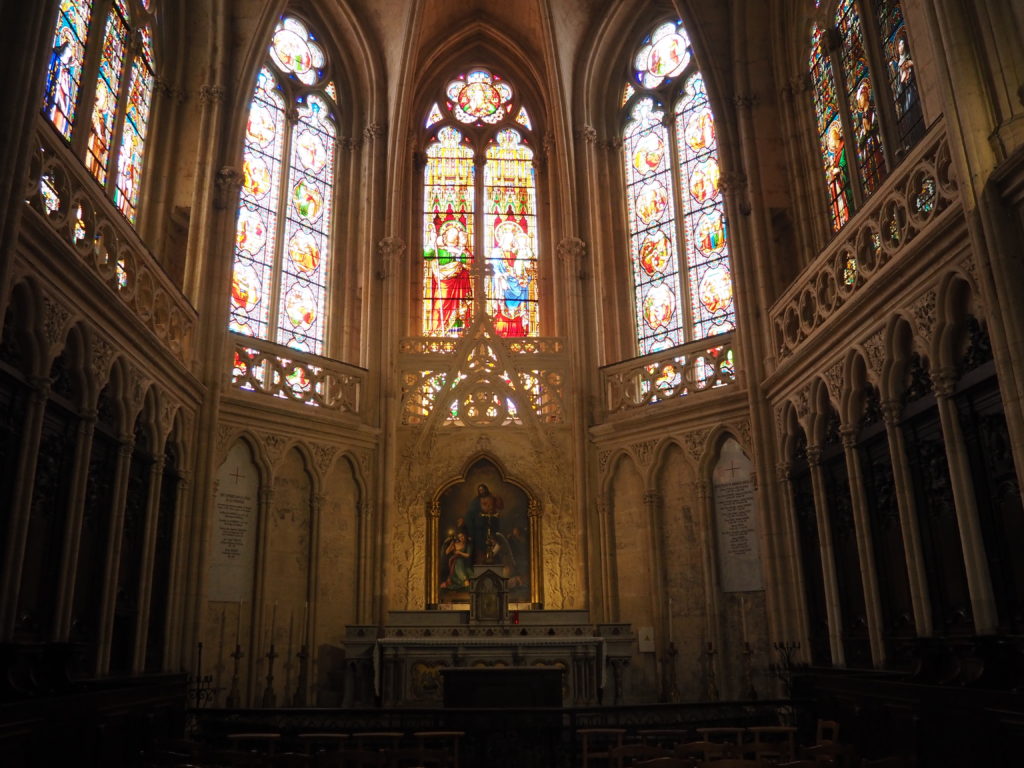


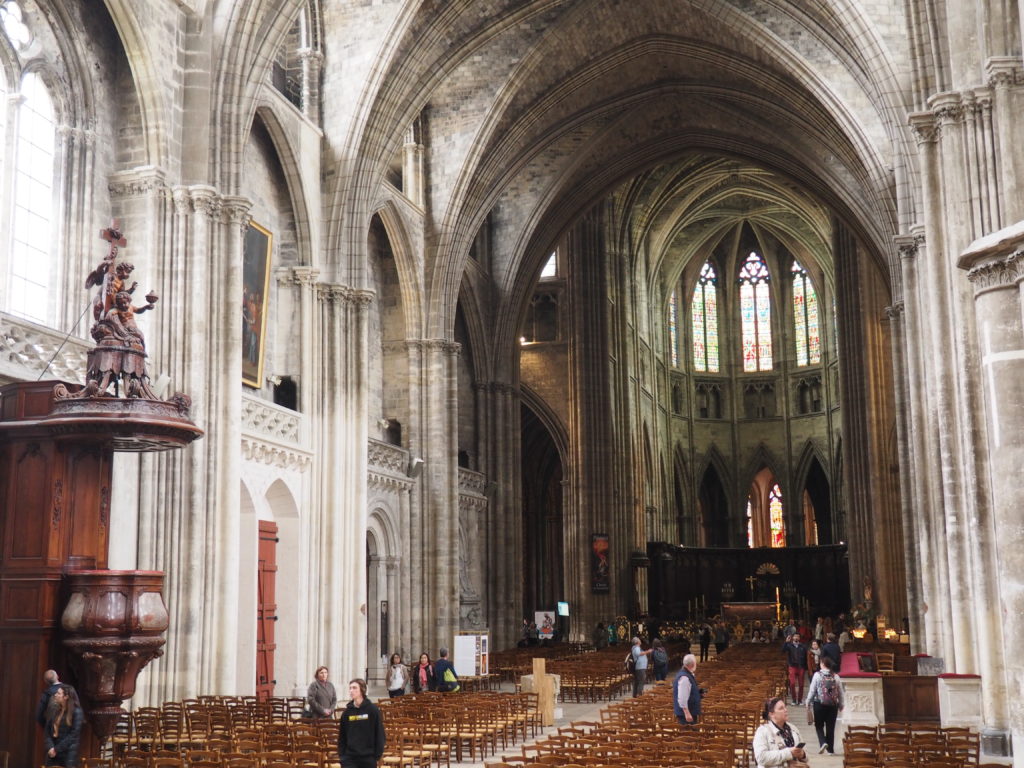

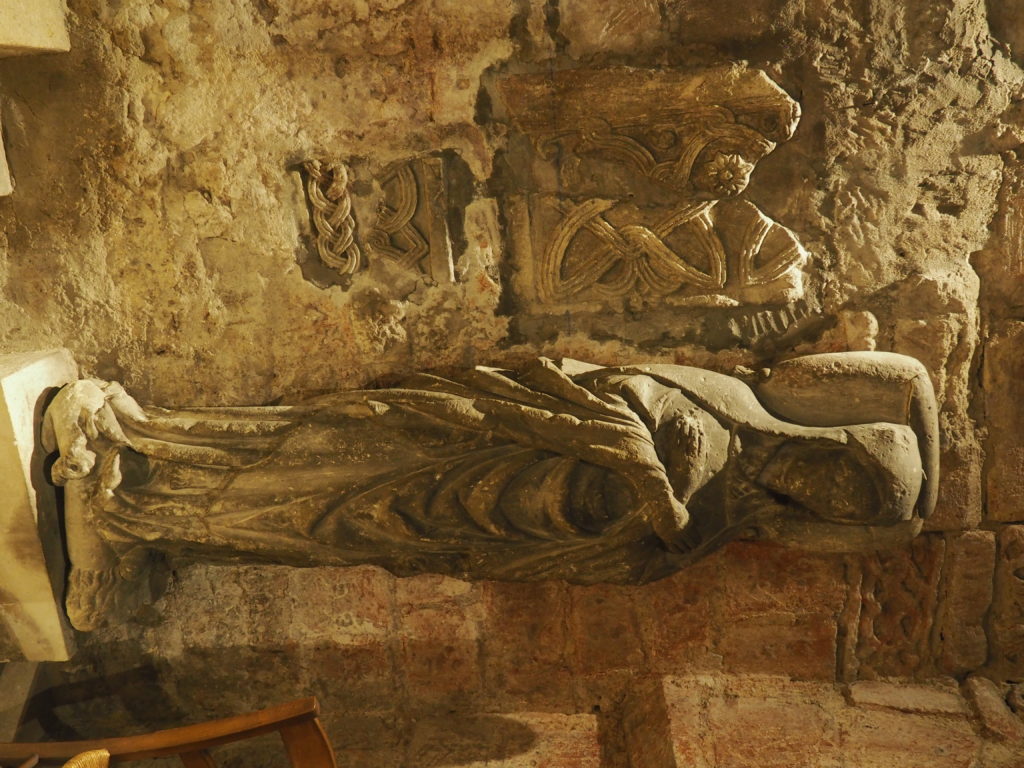
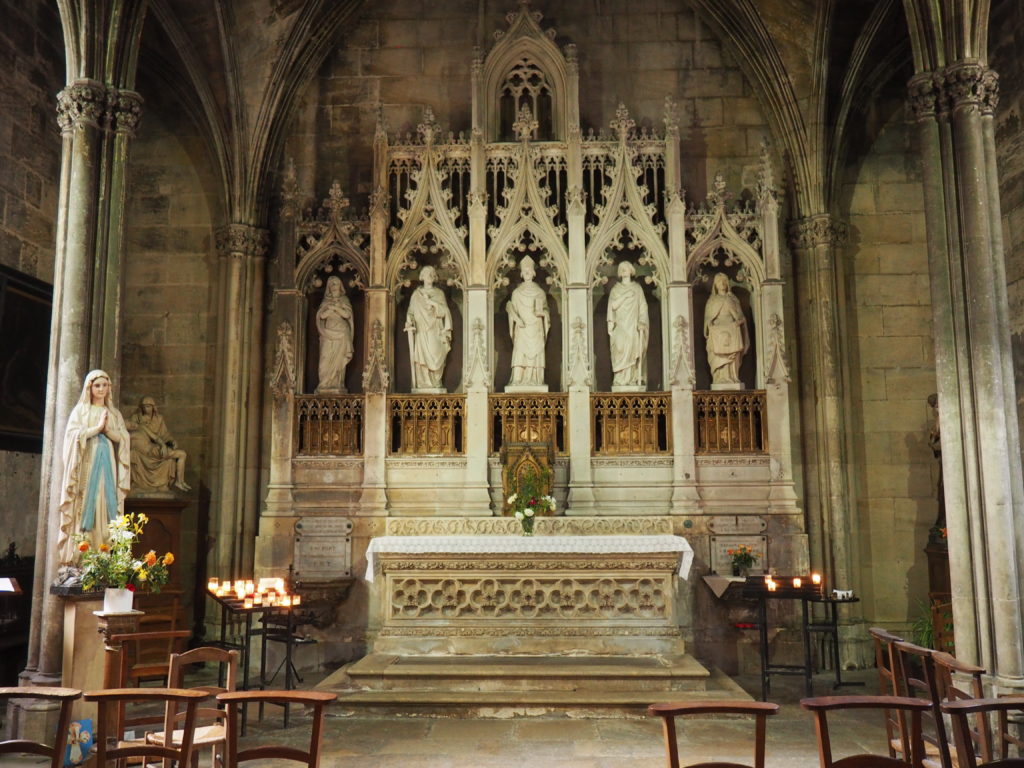
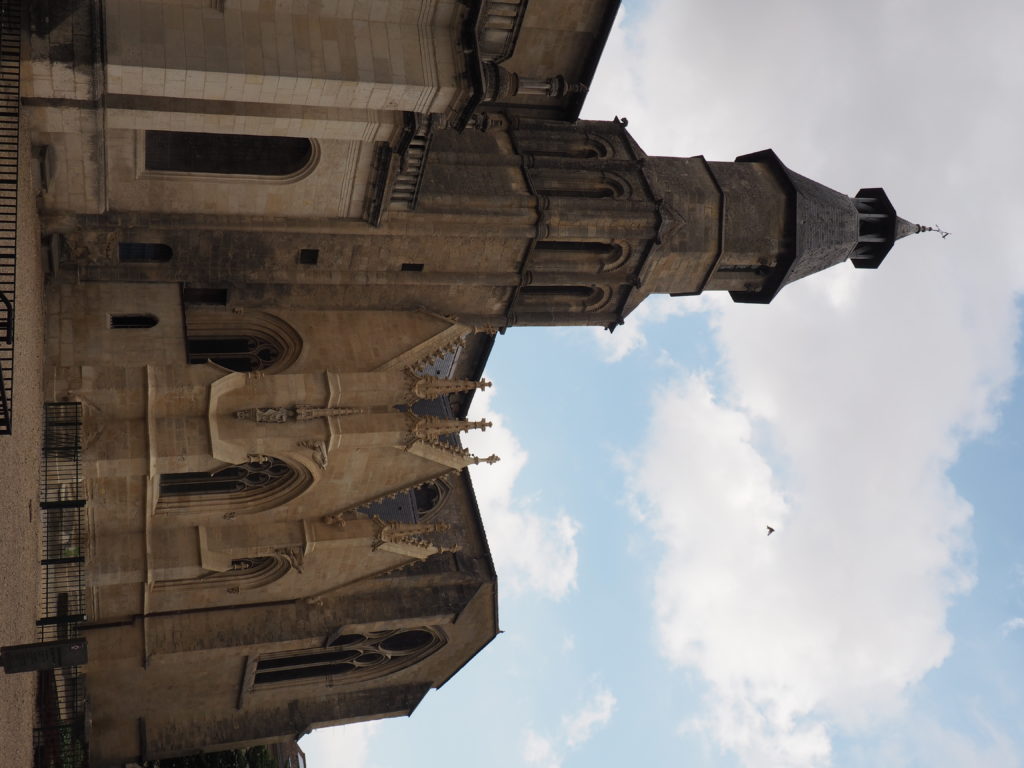
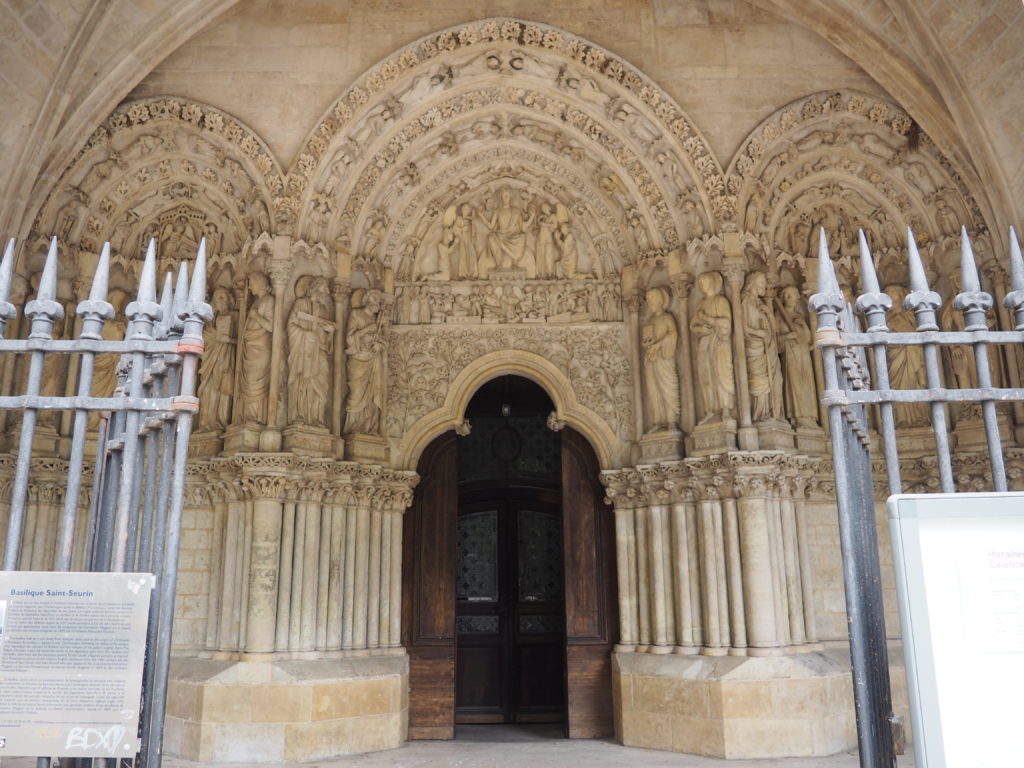
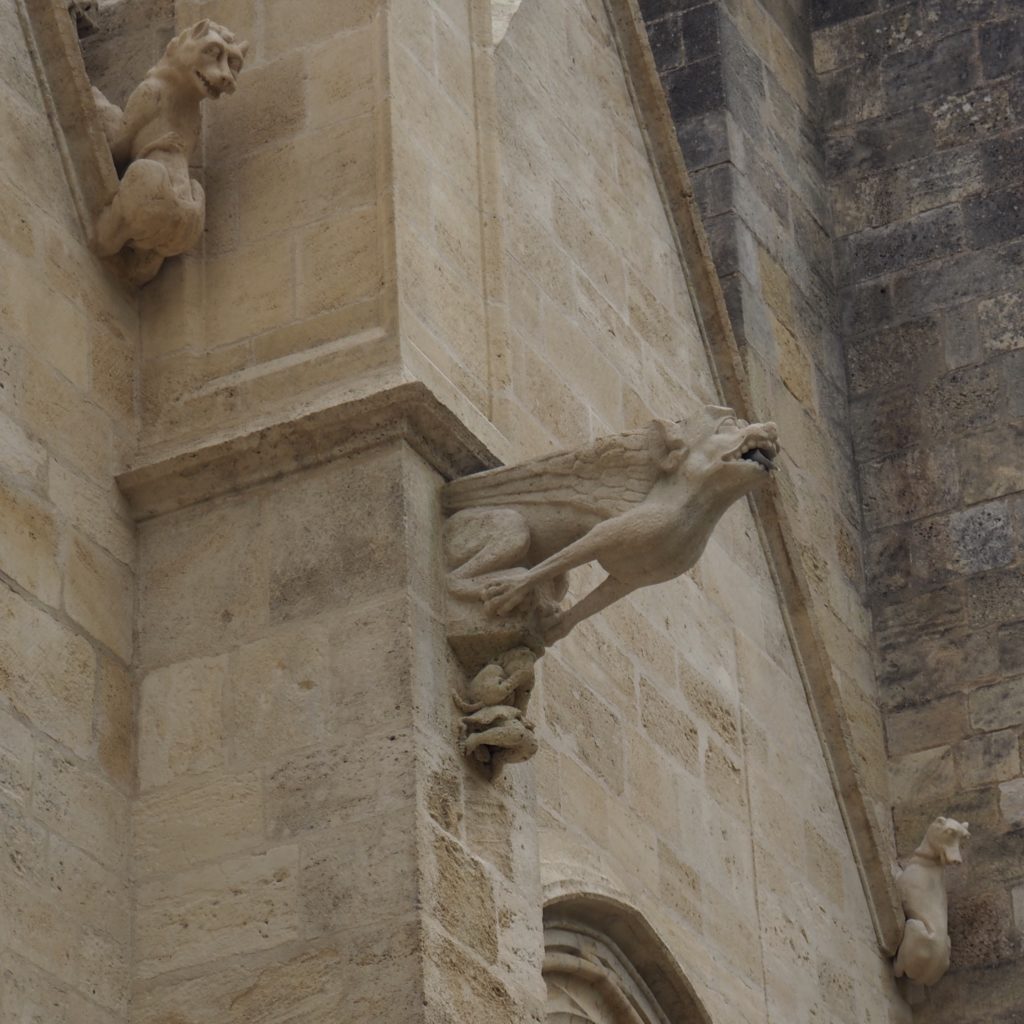

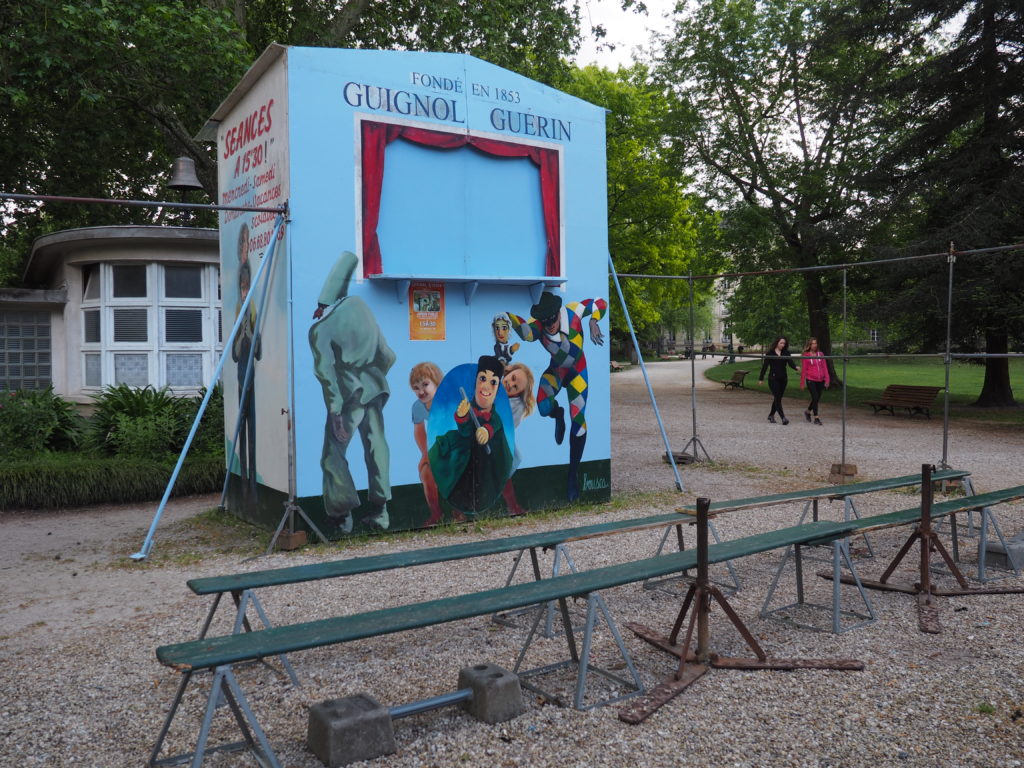
Beautiful and the treats look yummy!
Your having a great time, enjoy.
Thanks for sharing!
Looks like the trip is off to a great start!
Have you had any croissants or baguettes yet? I hope you eat a couple on my behalf!
Croissants and baguettes were breakfast staples purchased from a variety of bakeries in the neighborhood. Of course, Jim went for the fancier sort of pastries when he could find them.